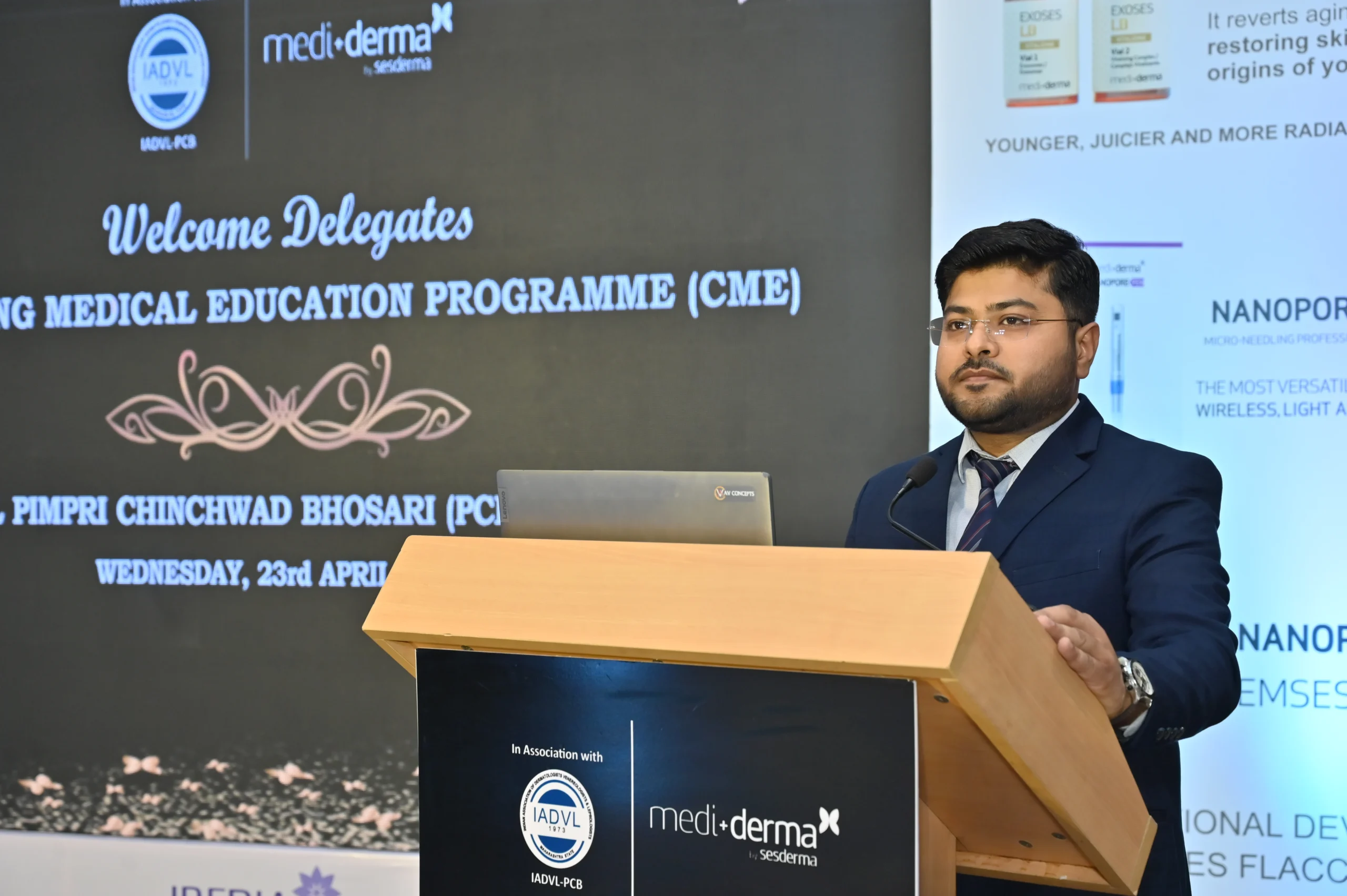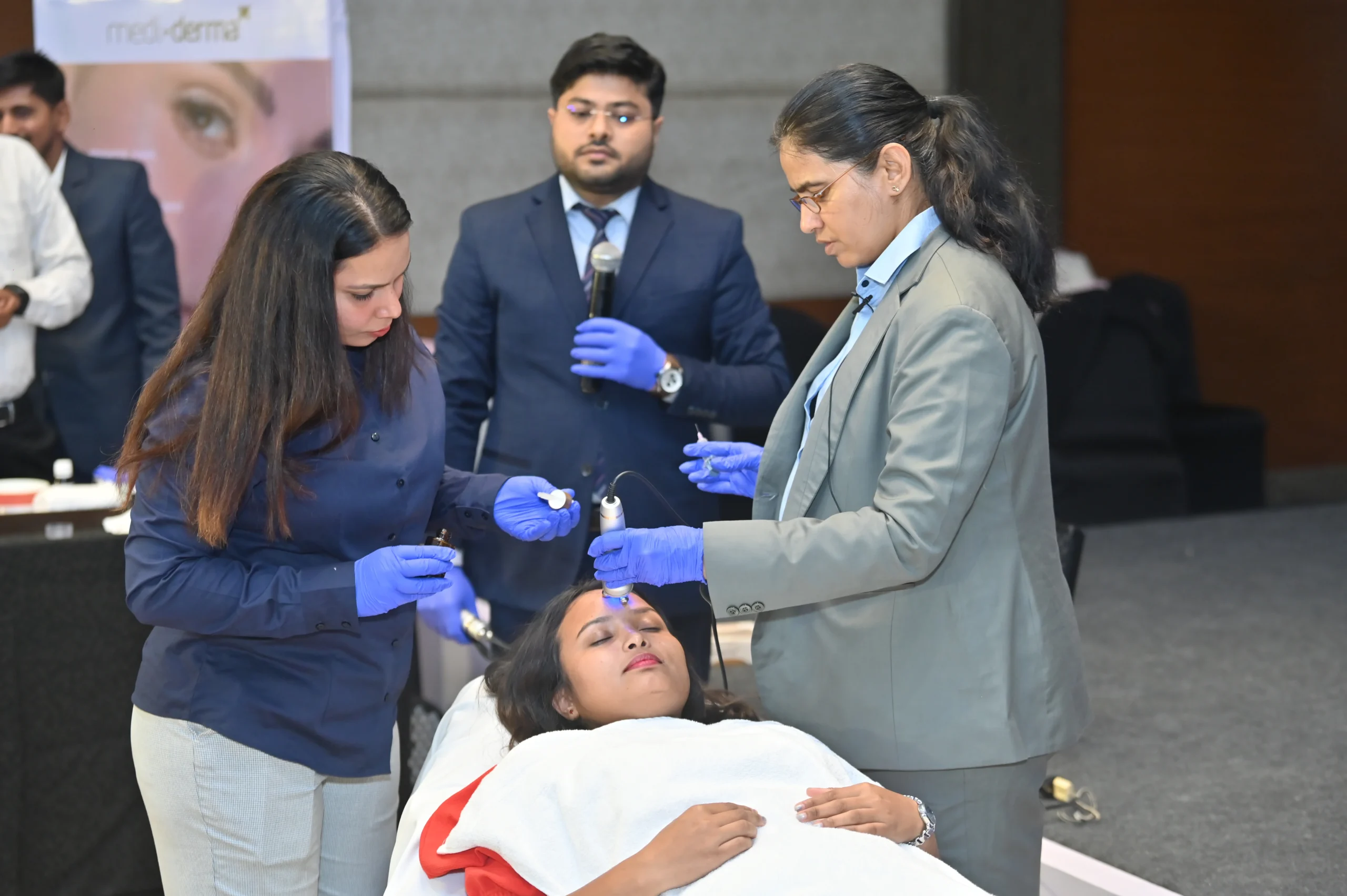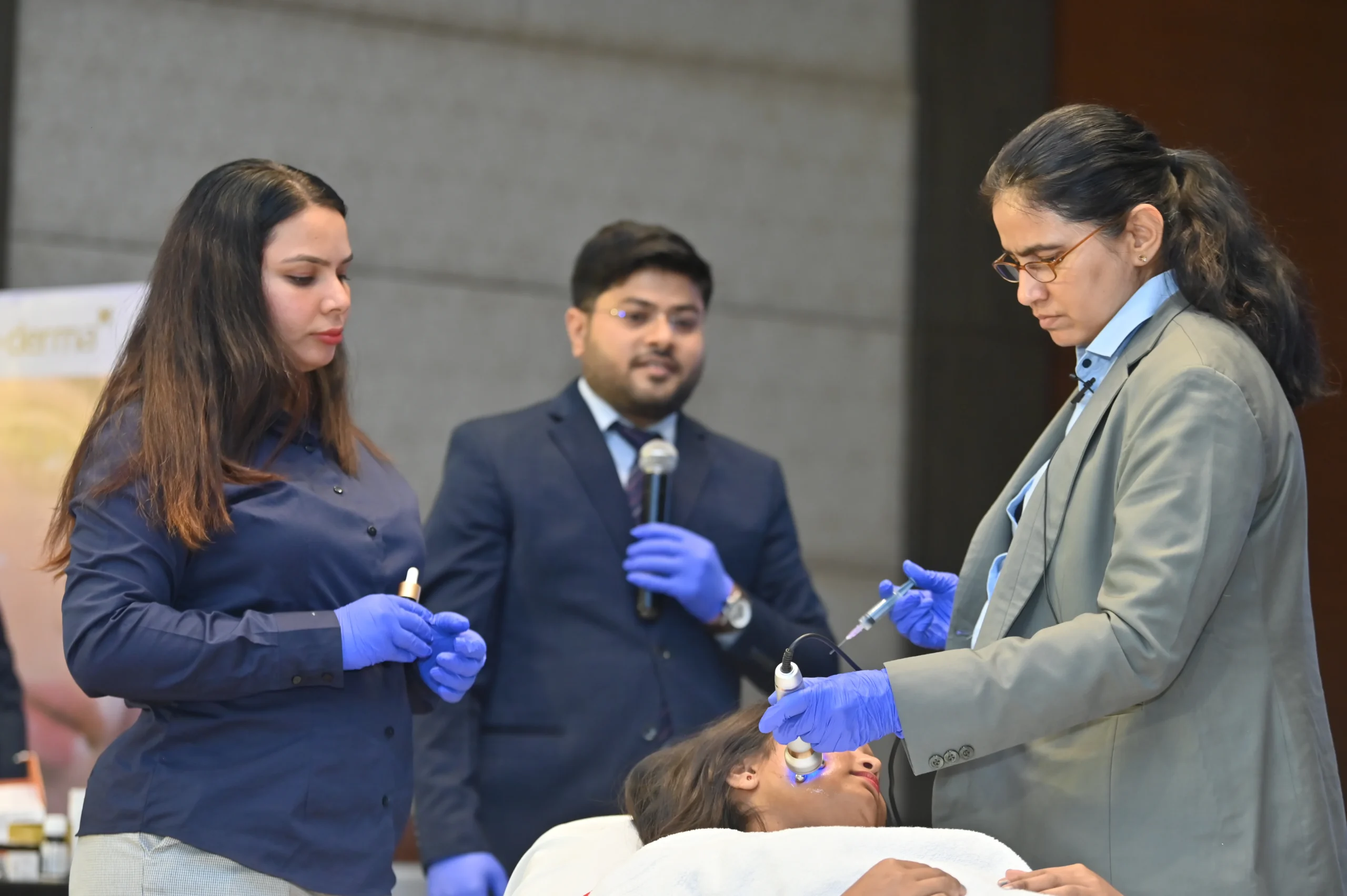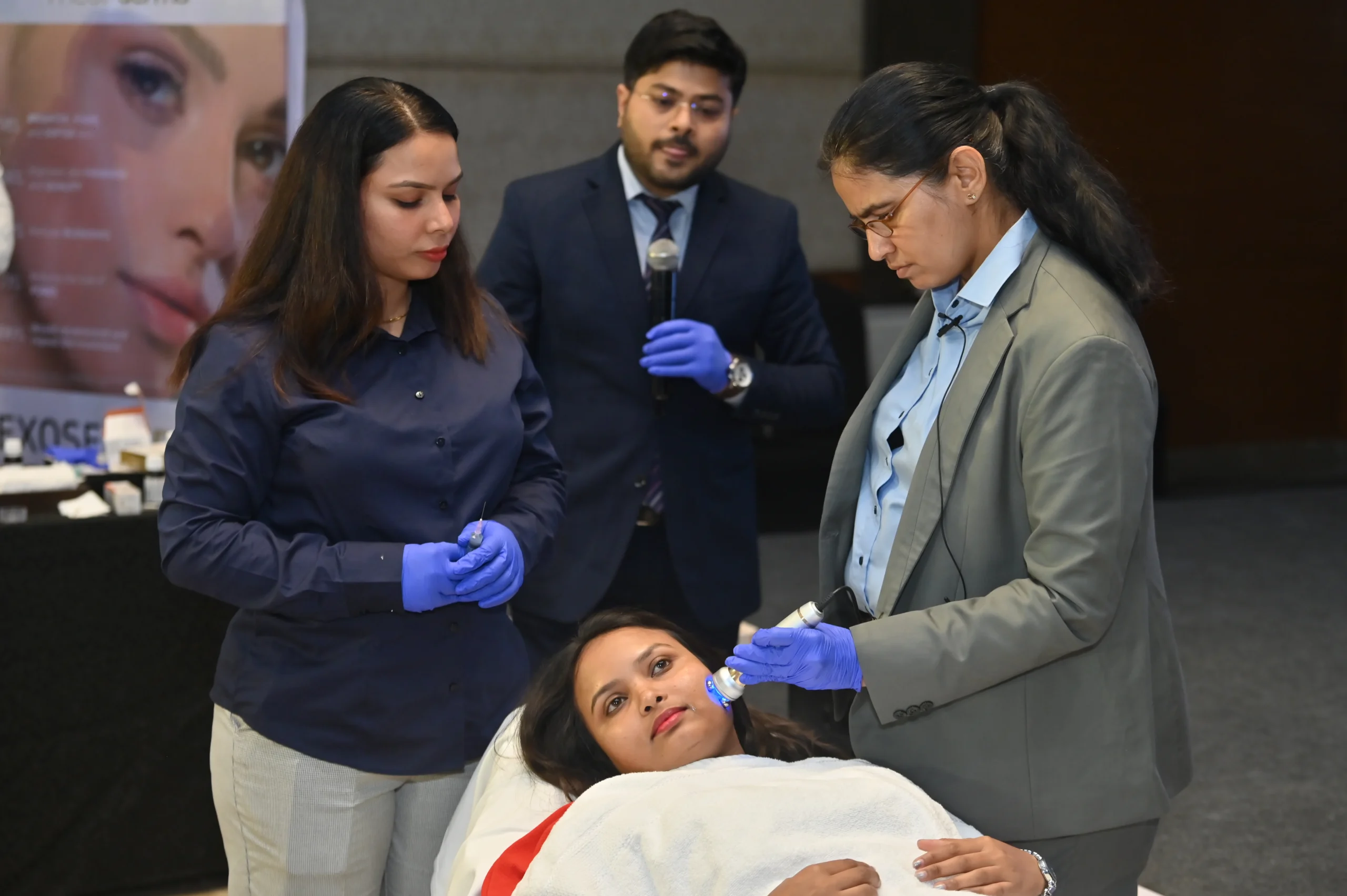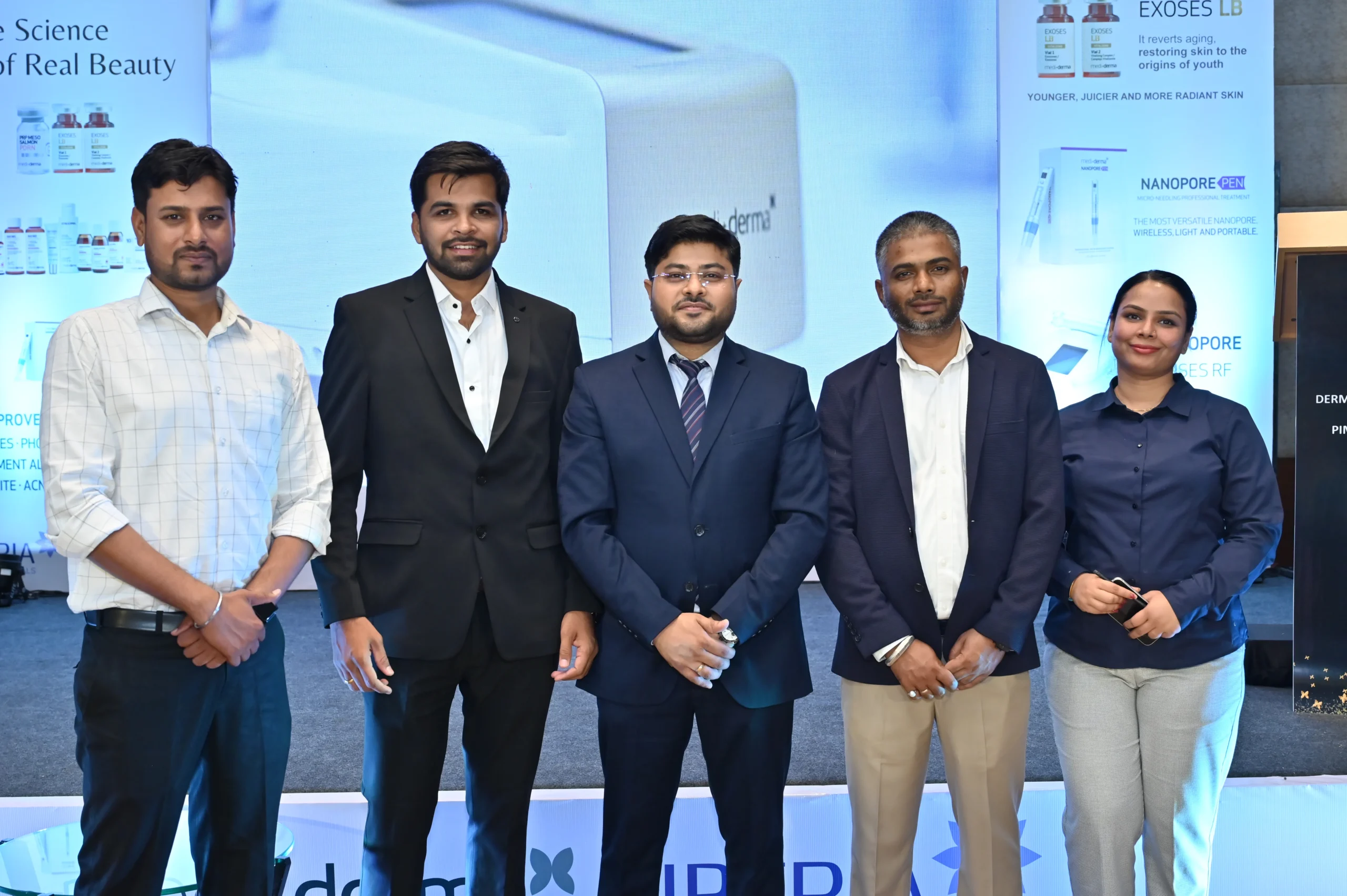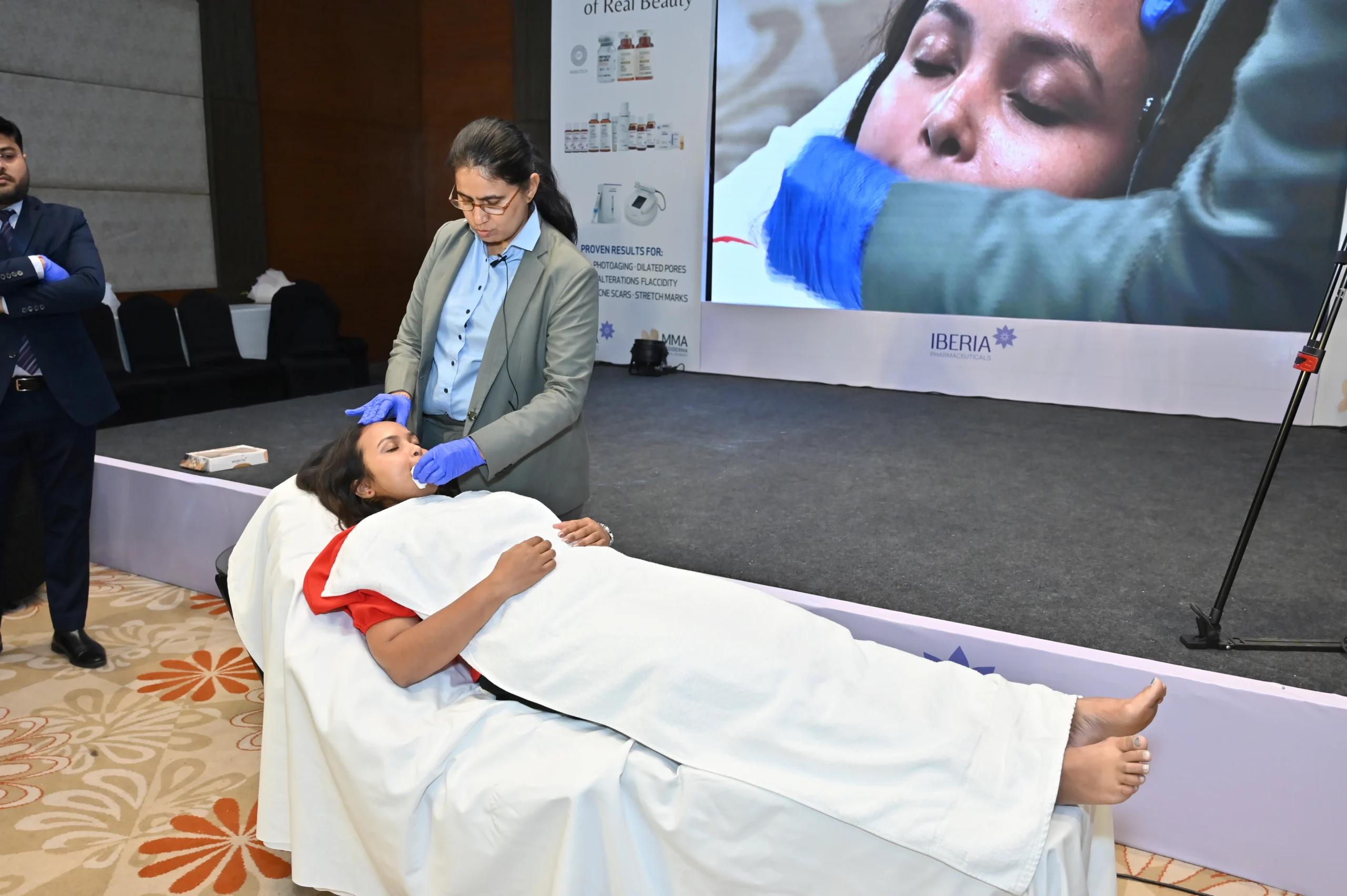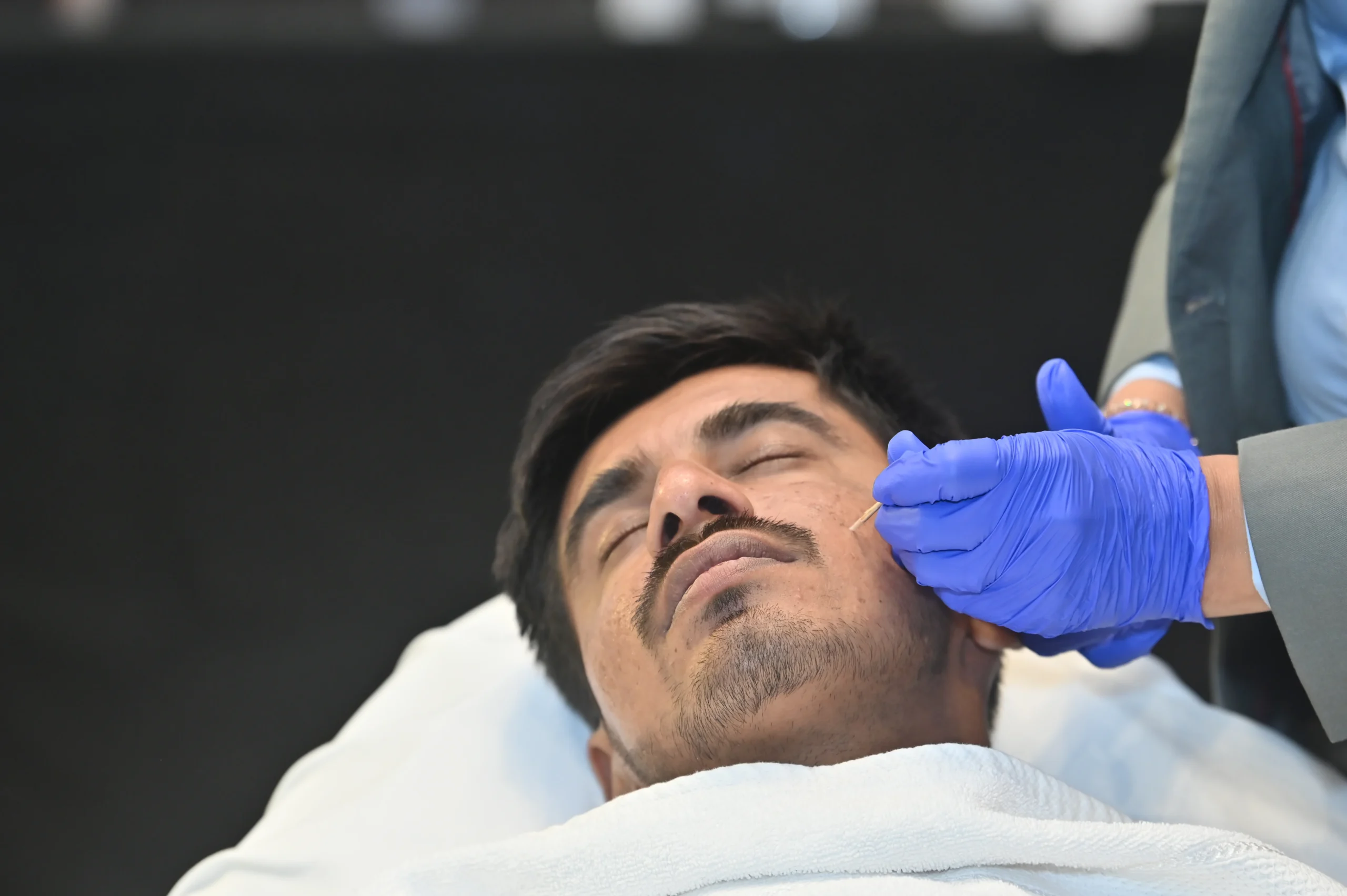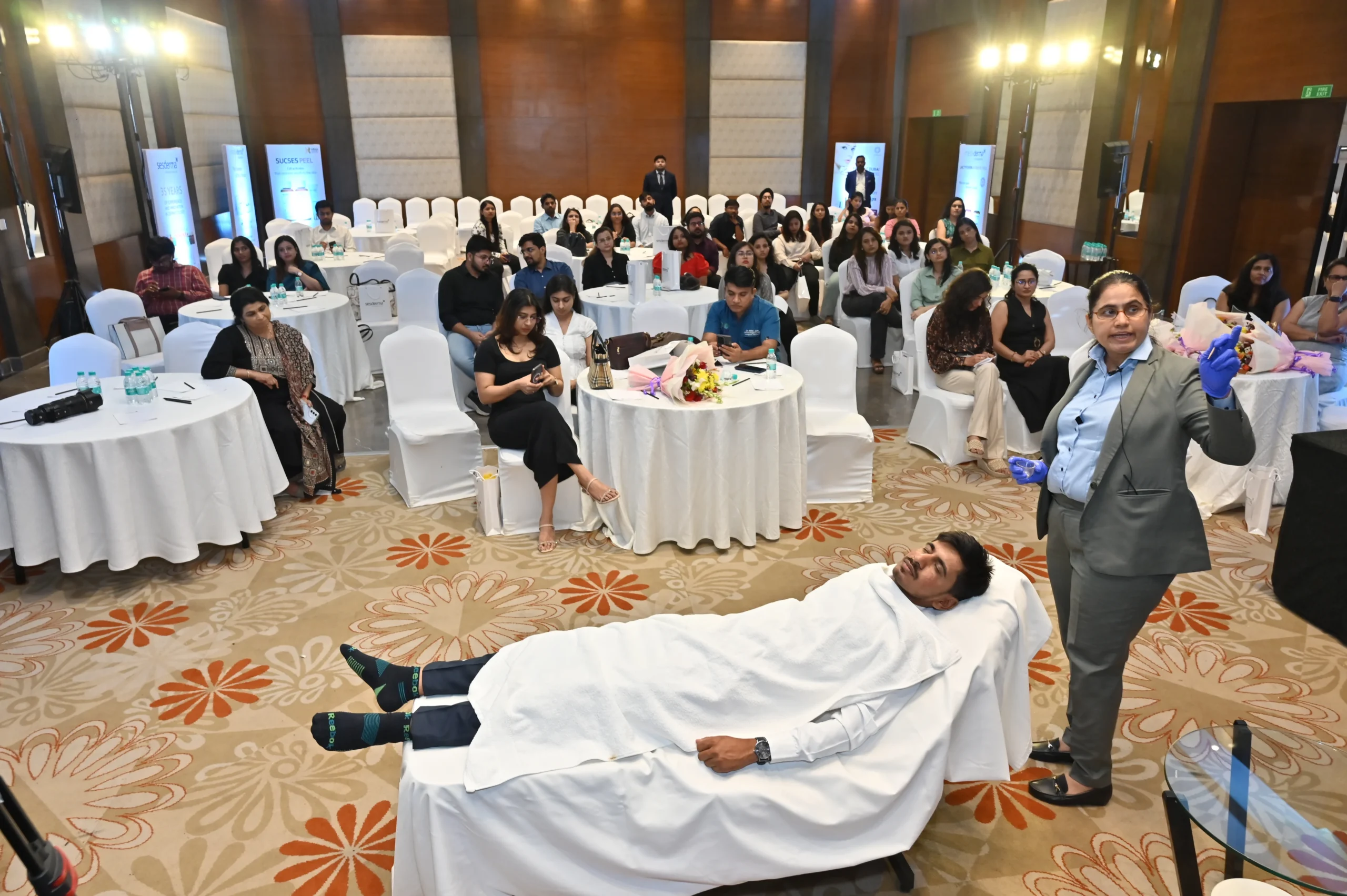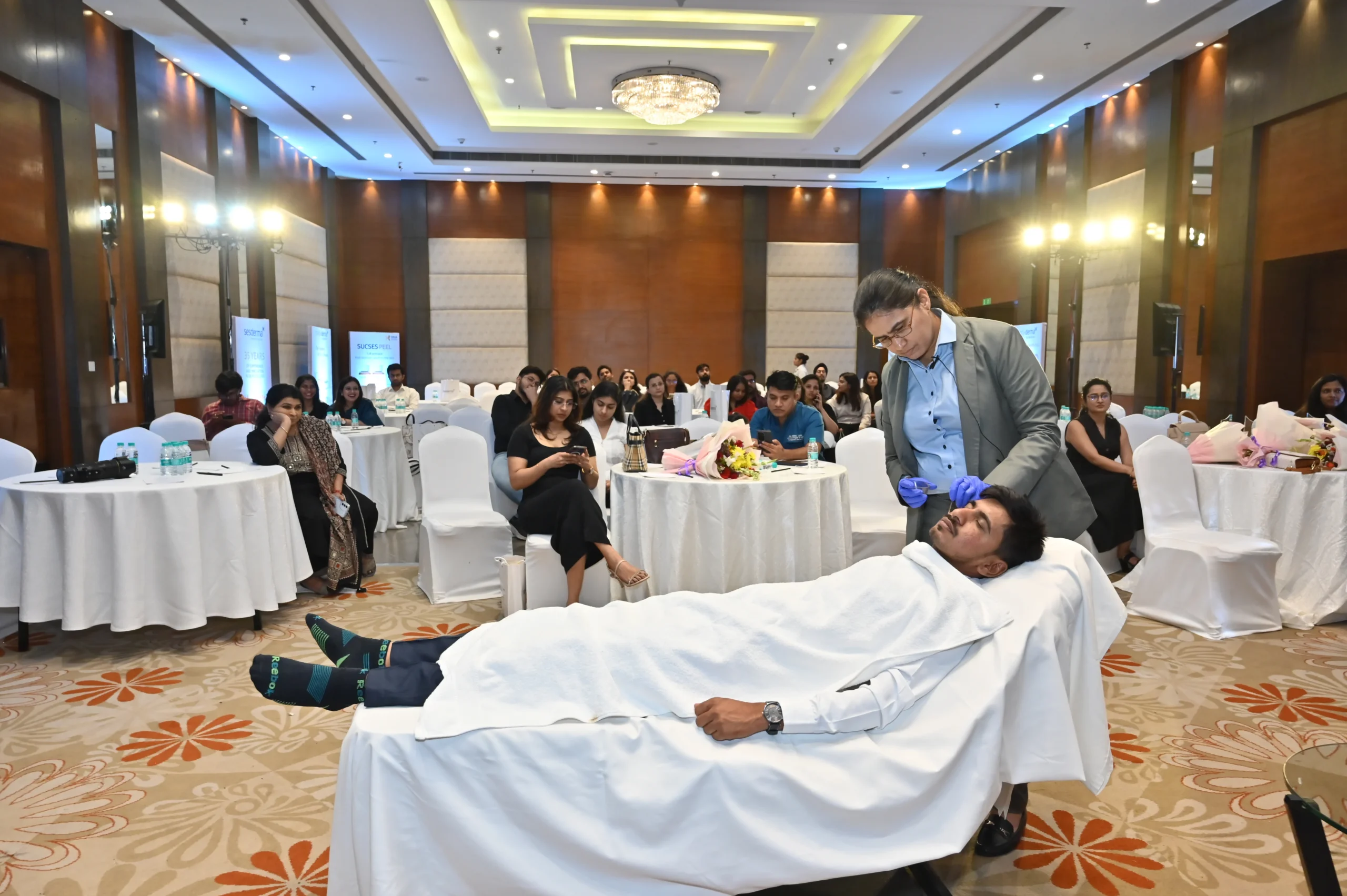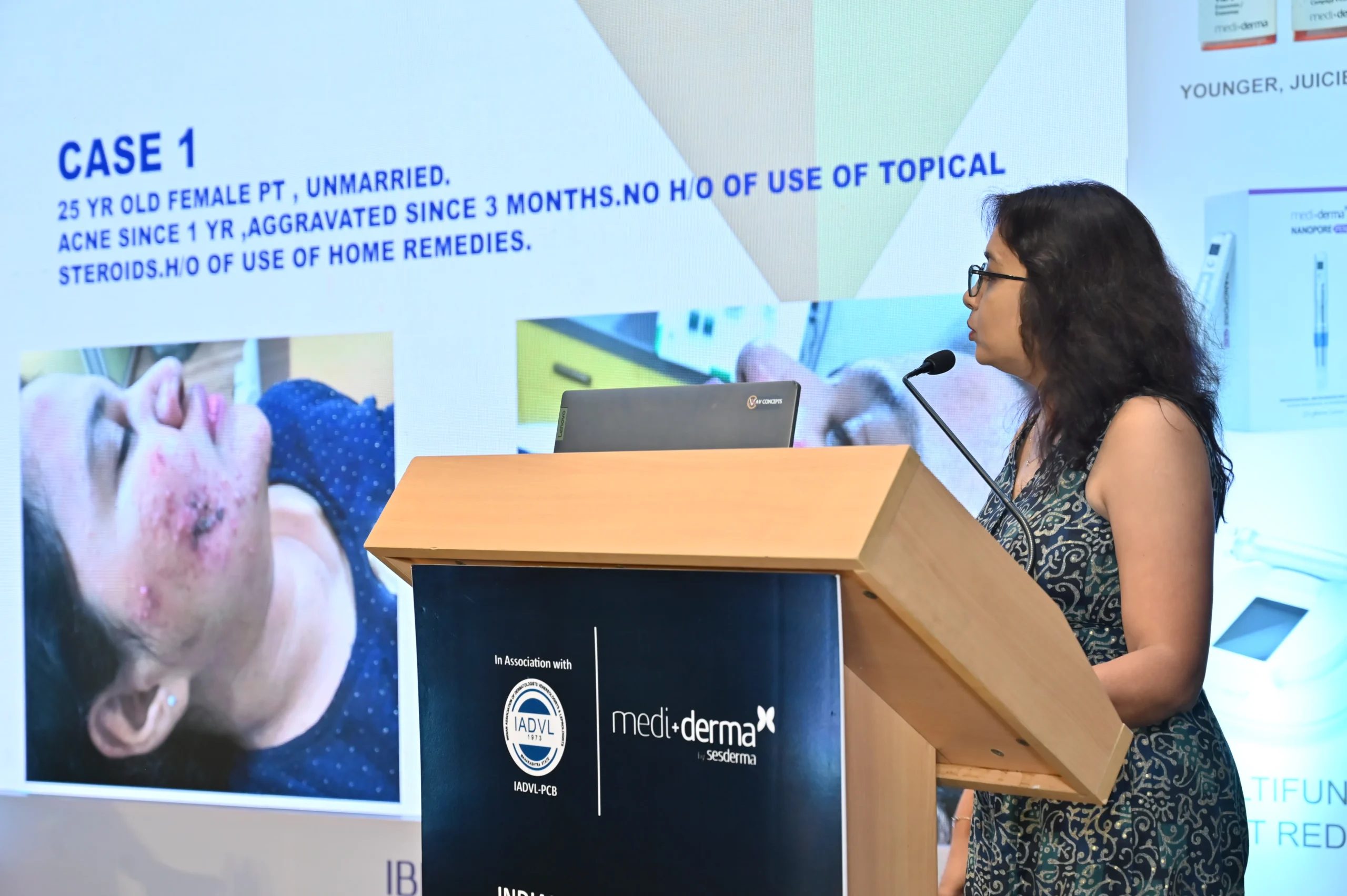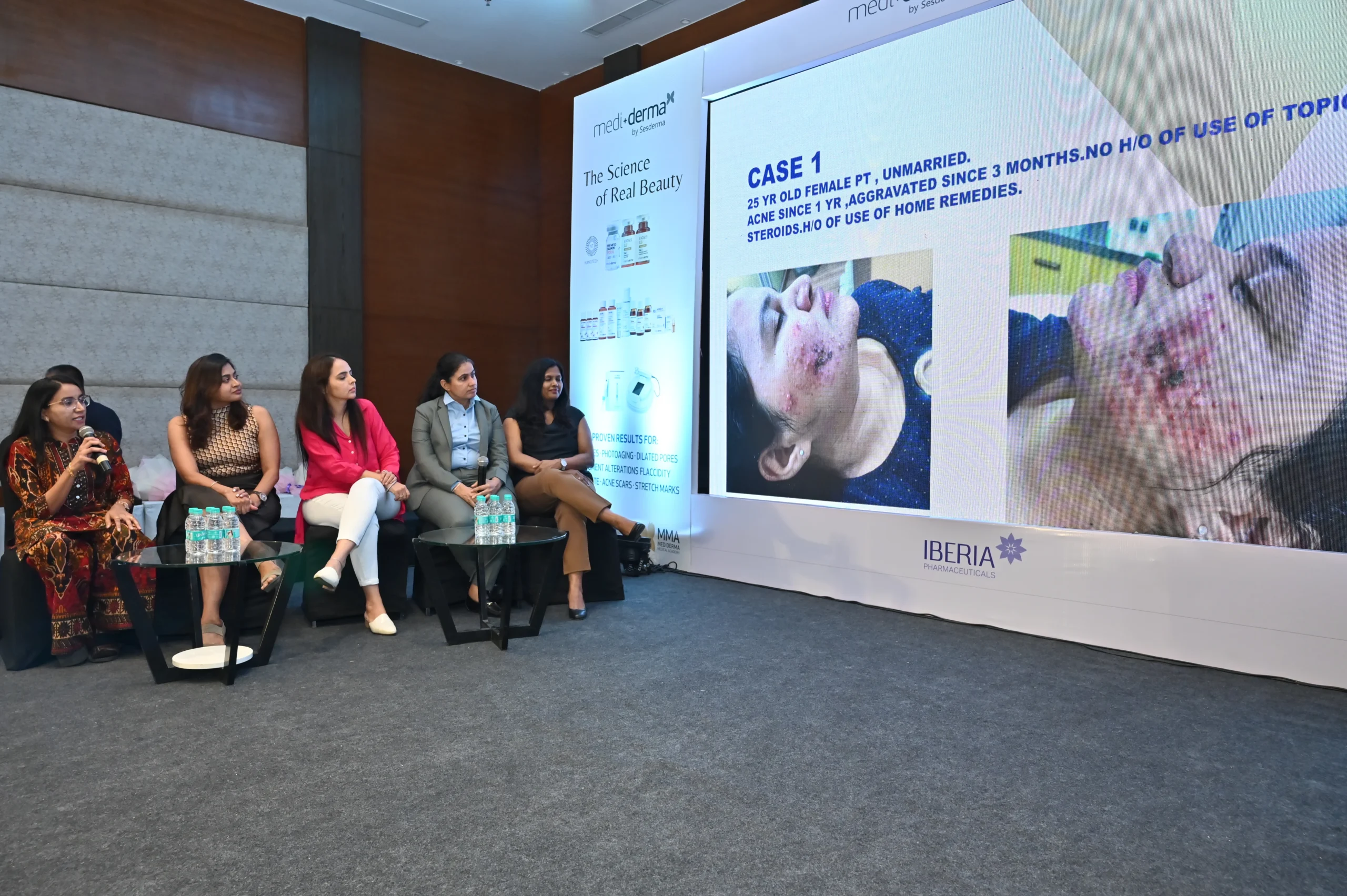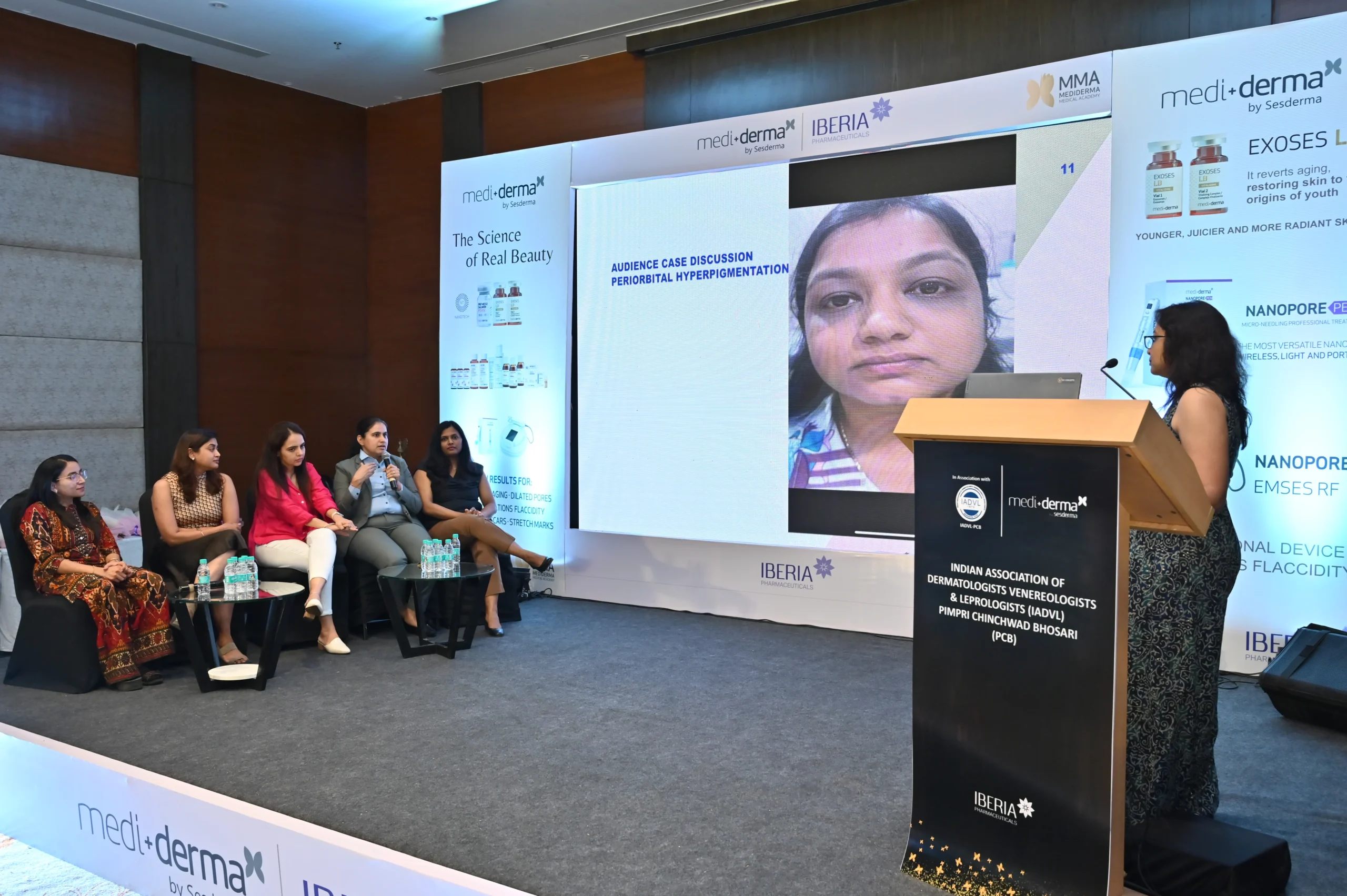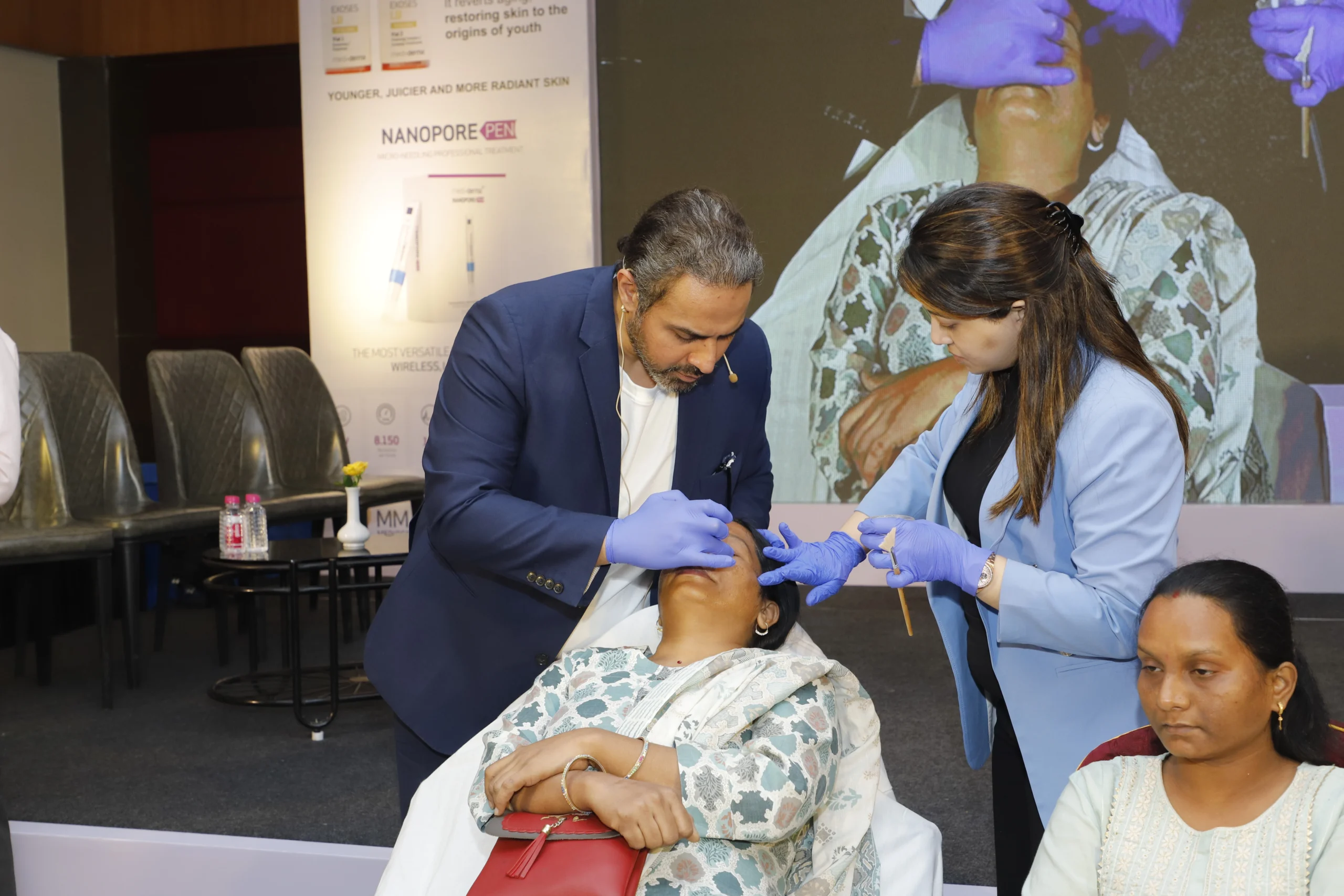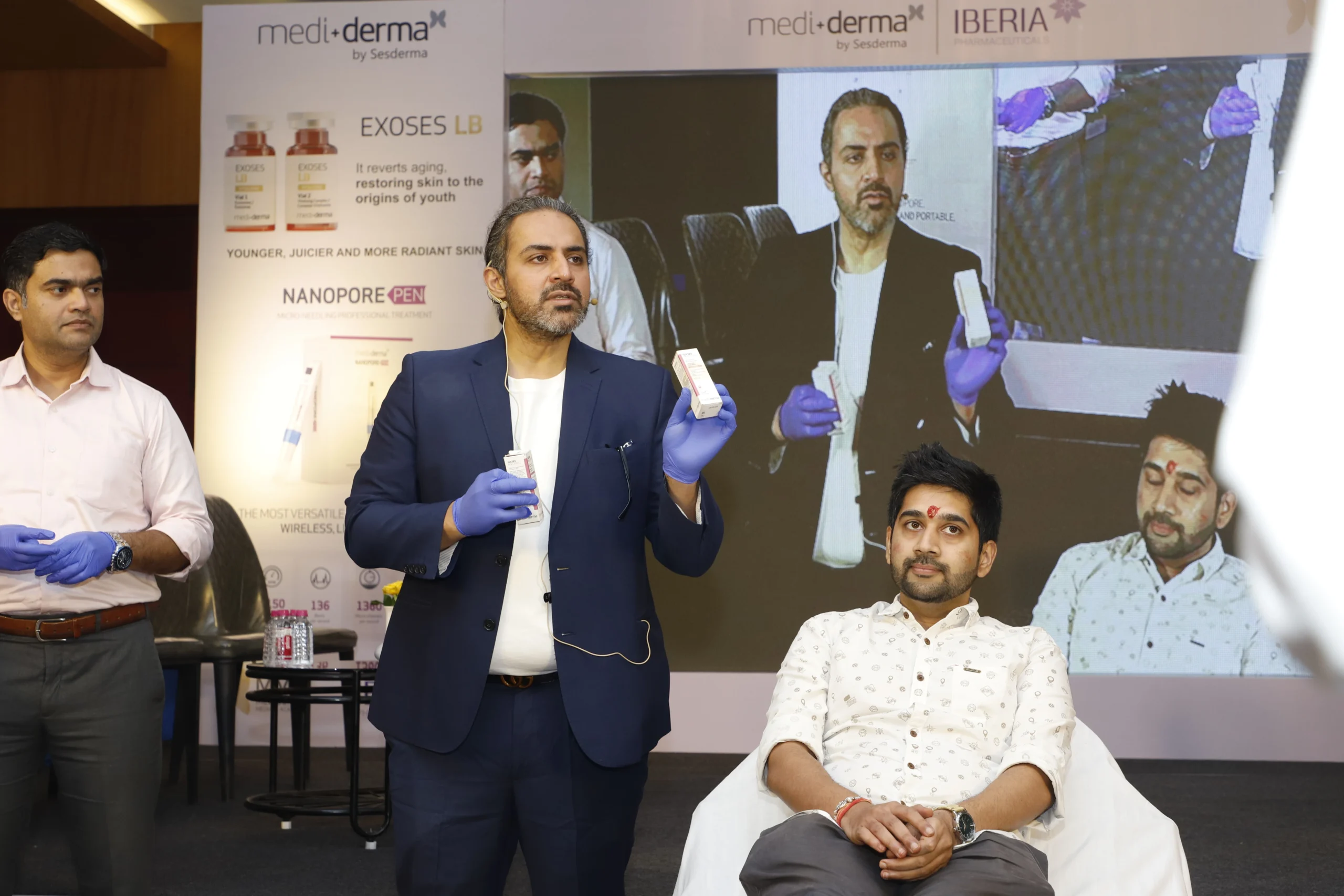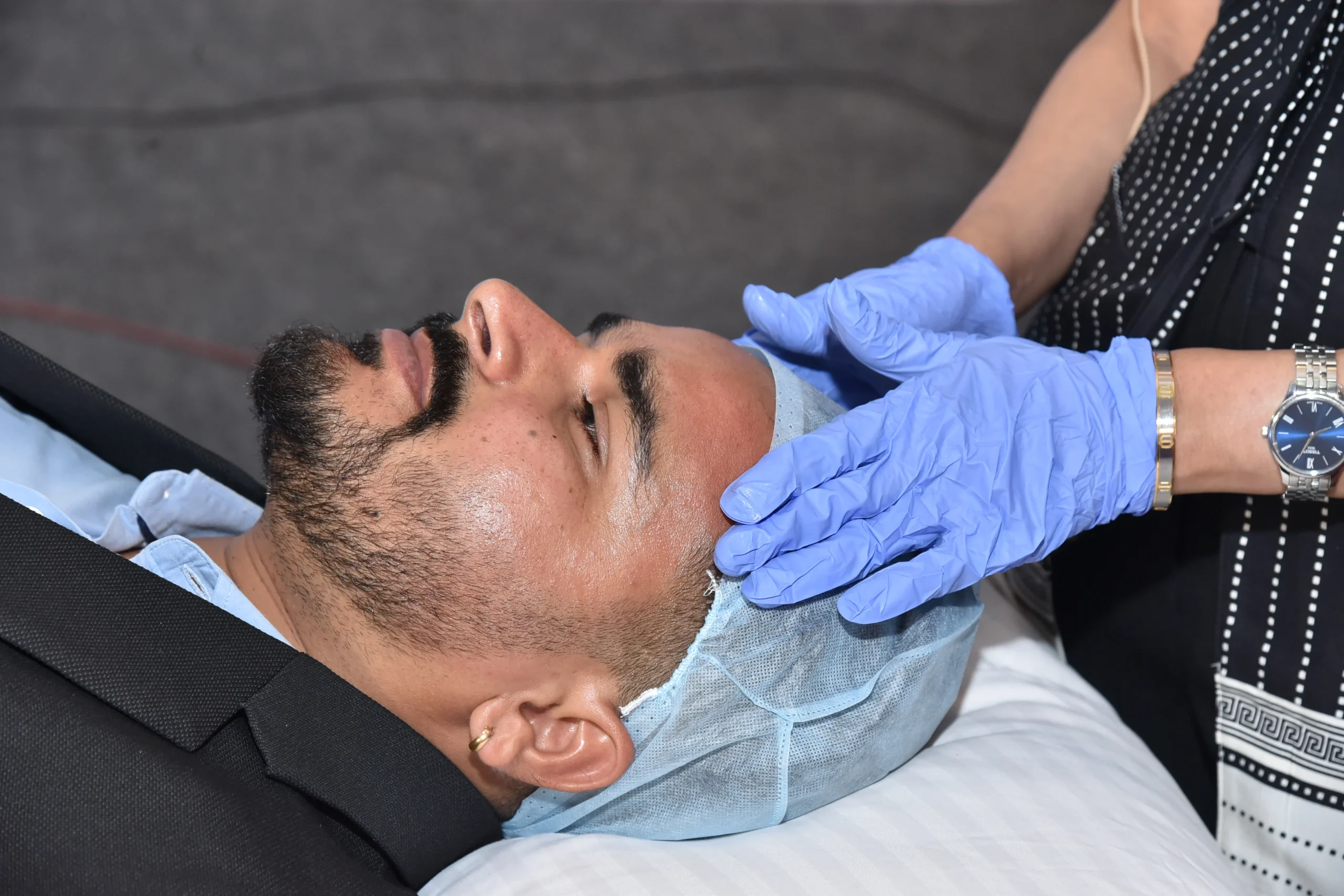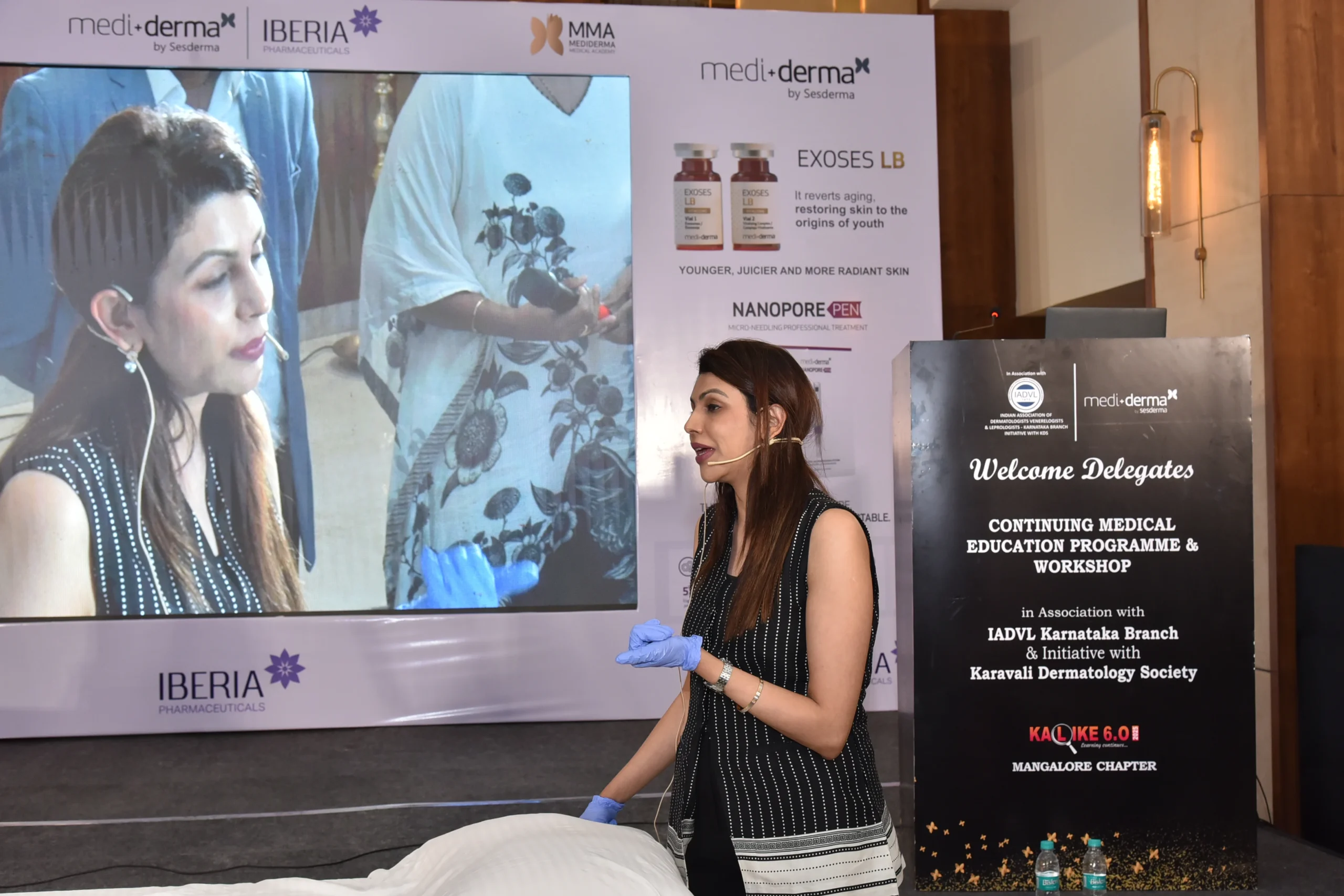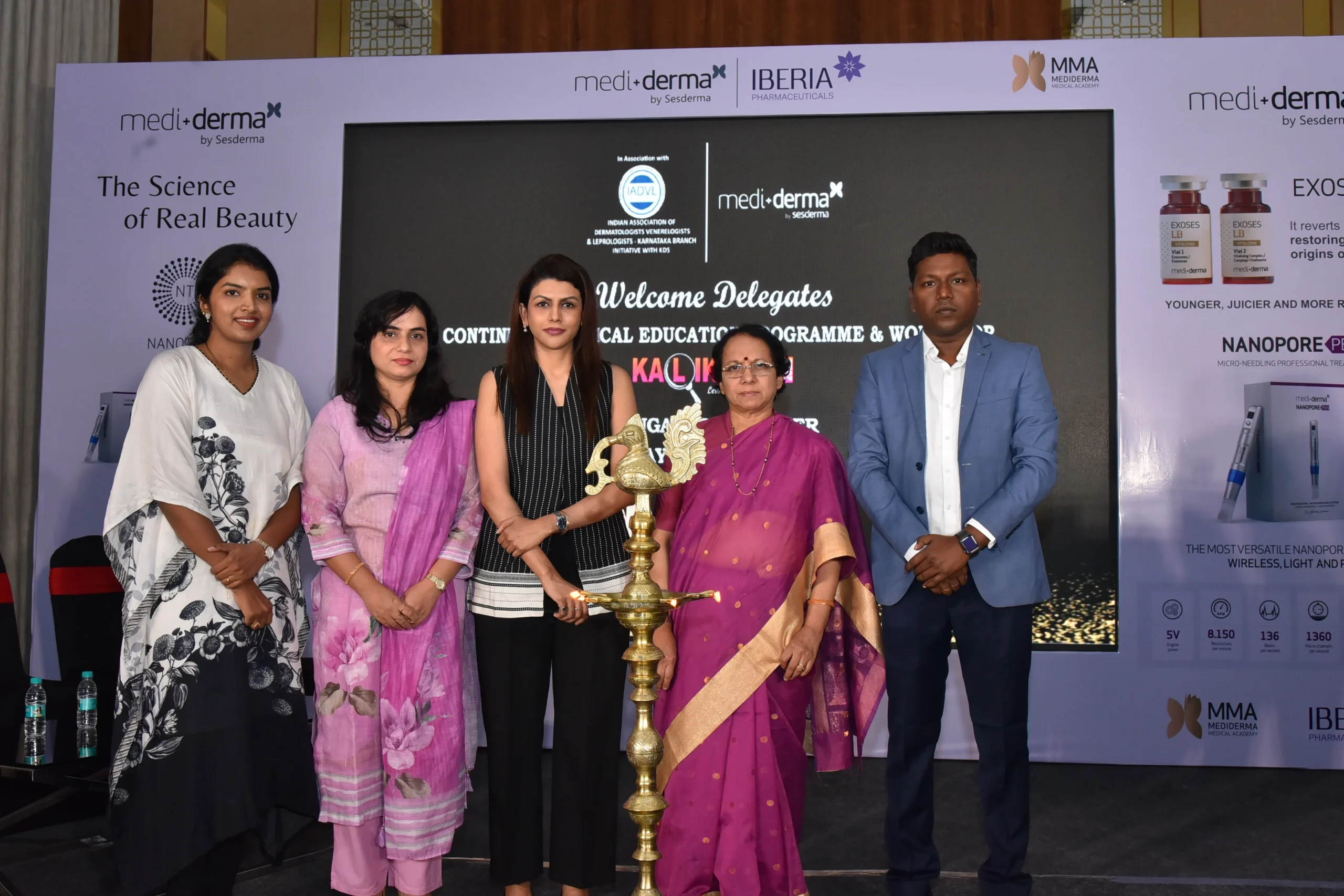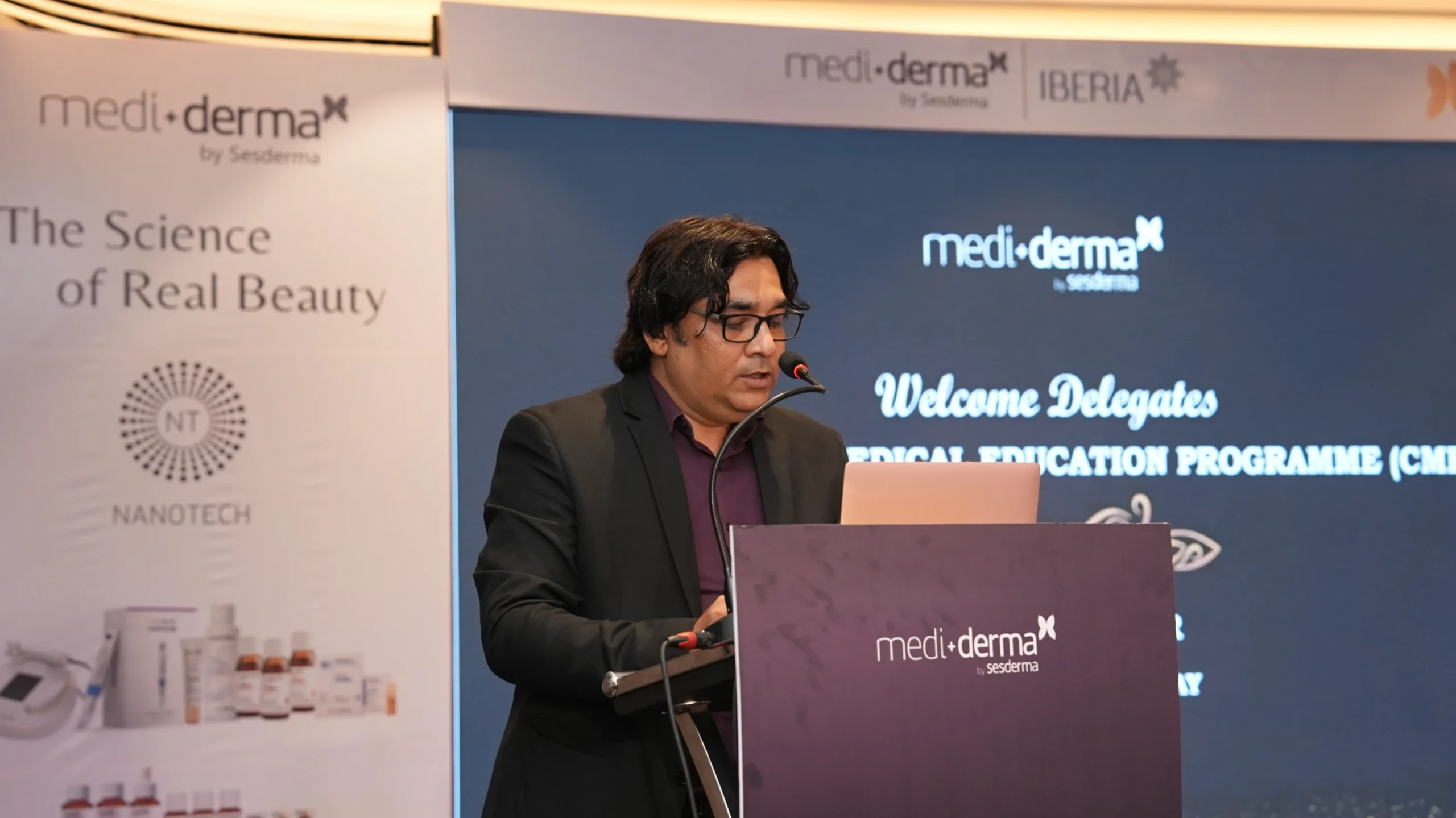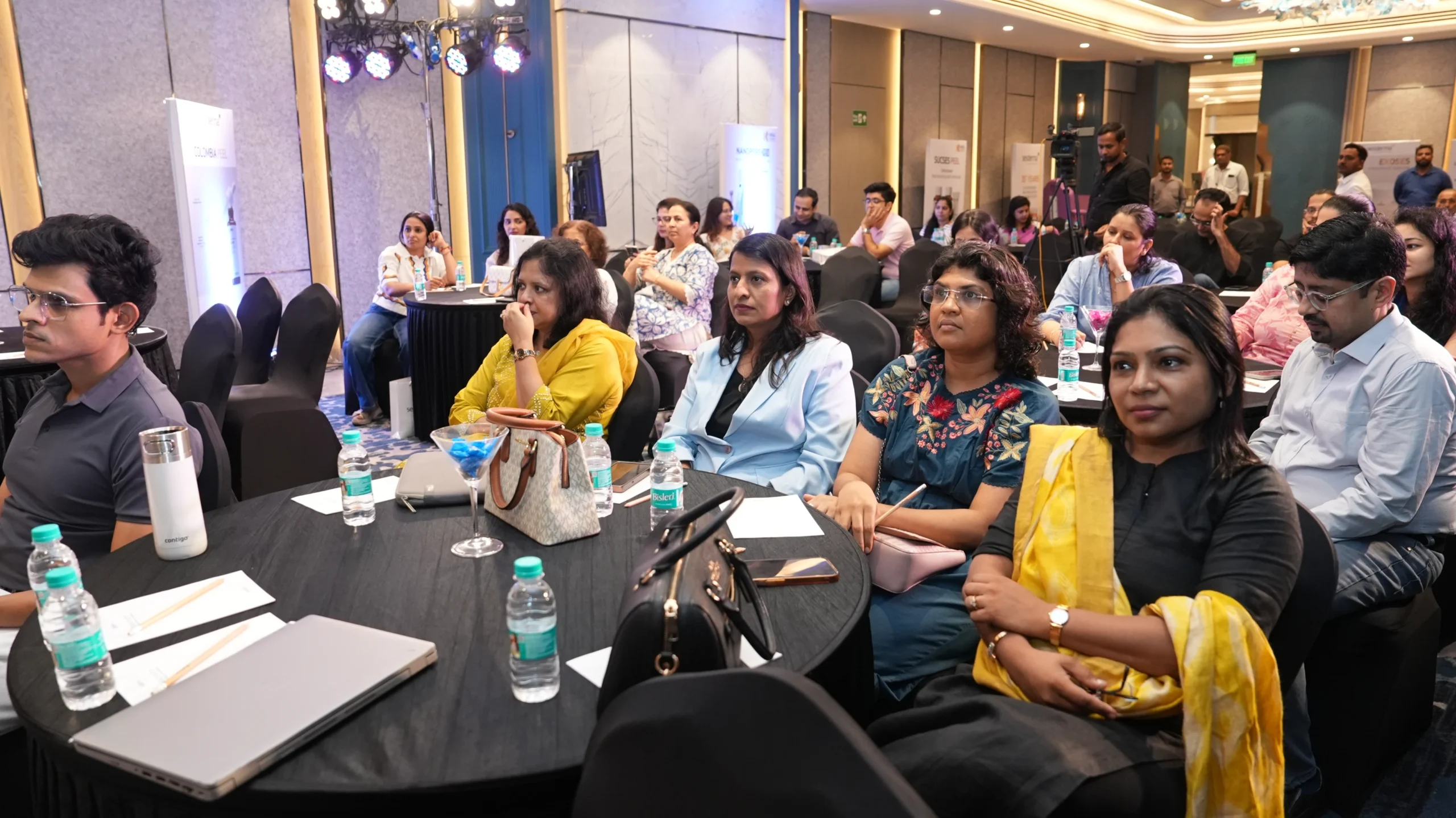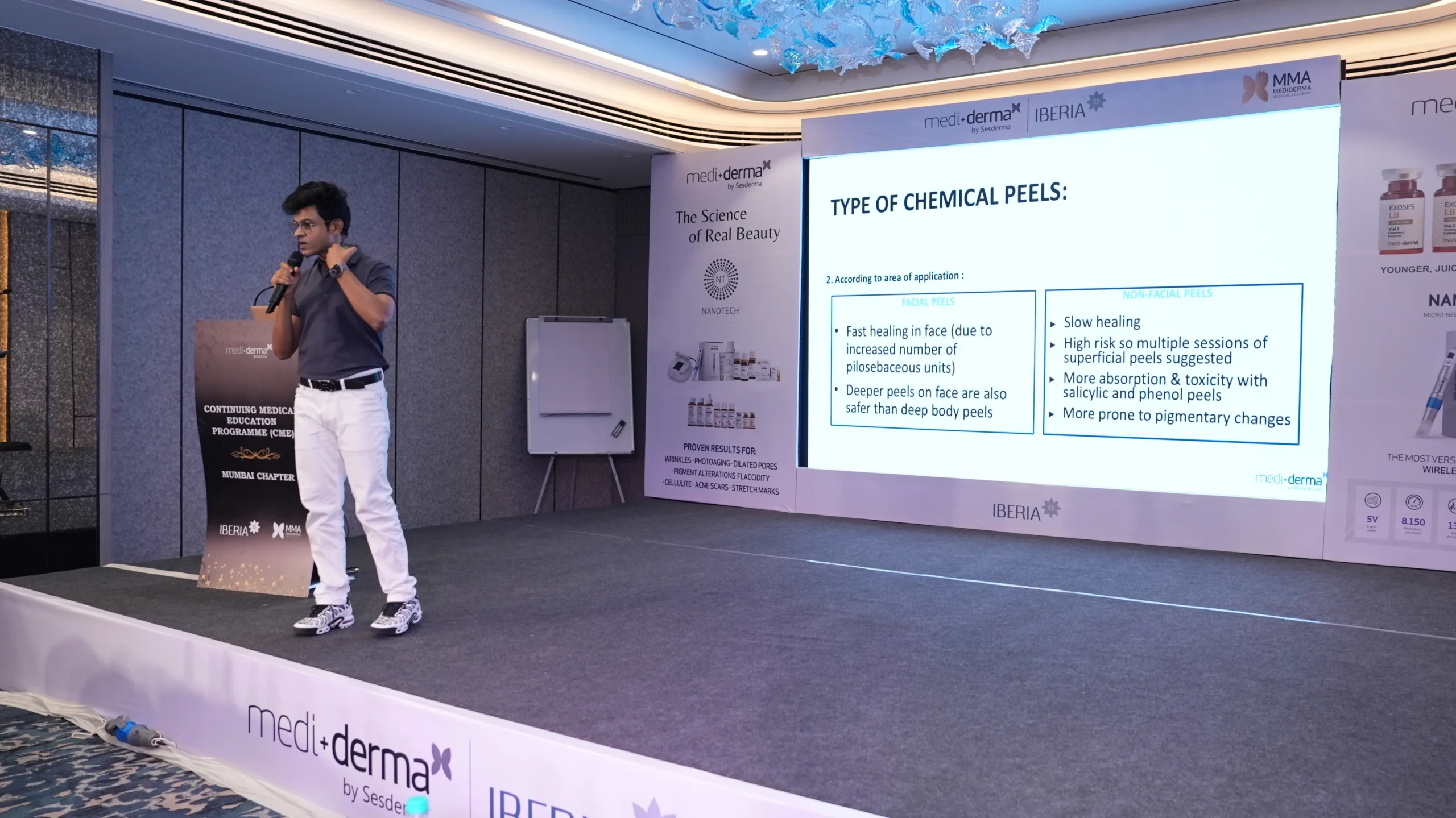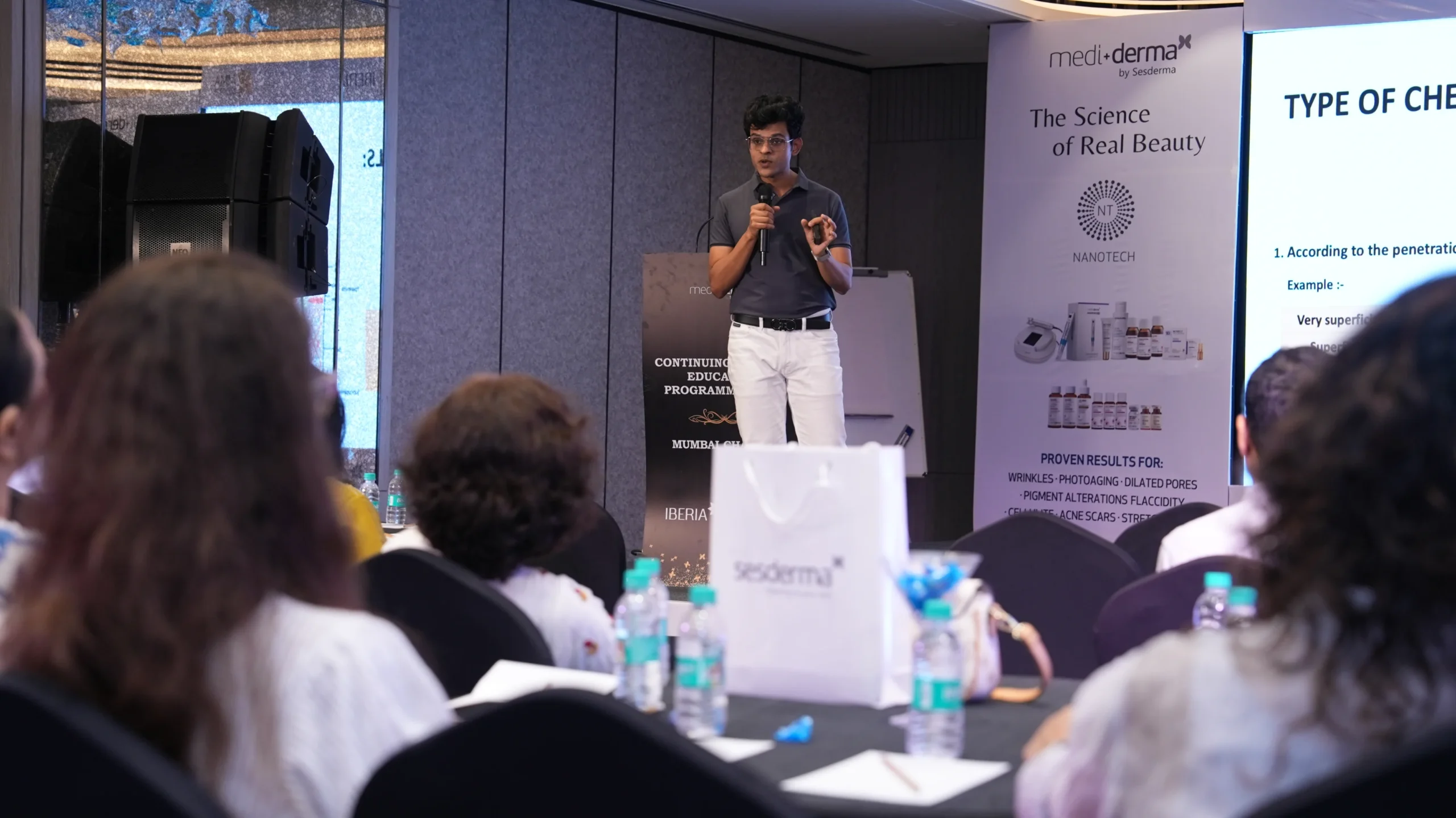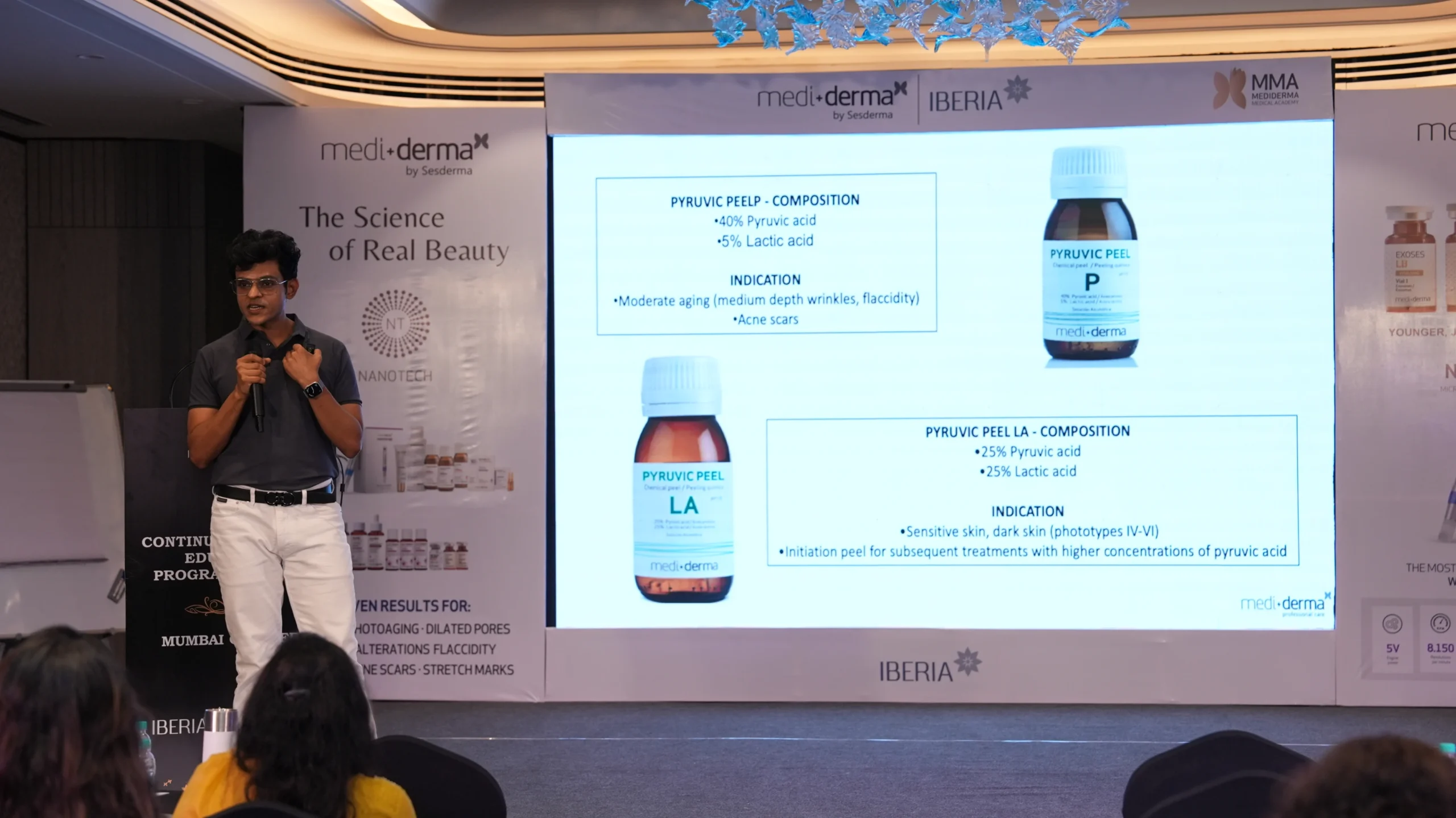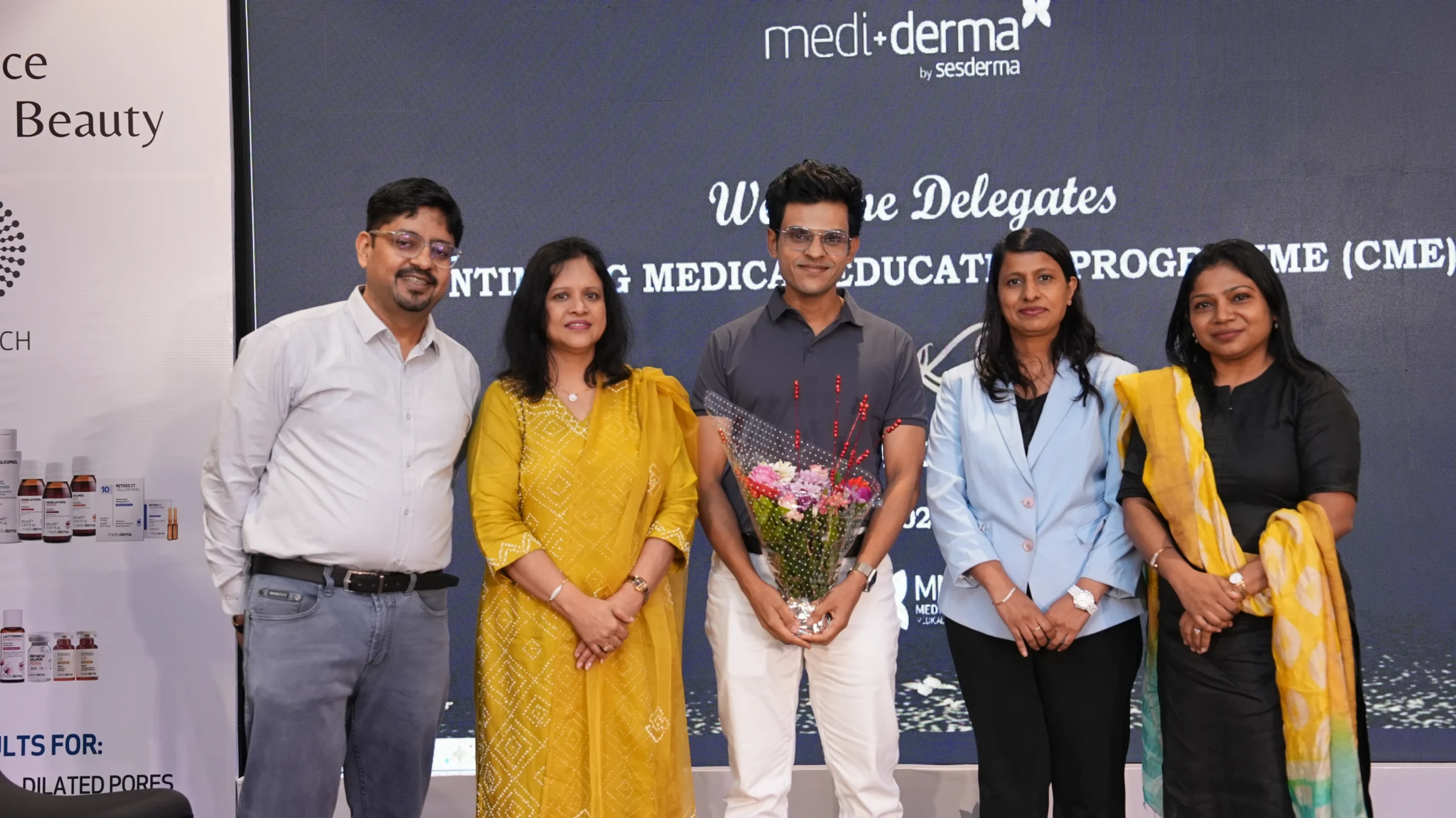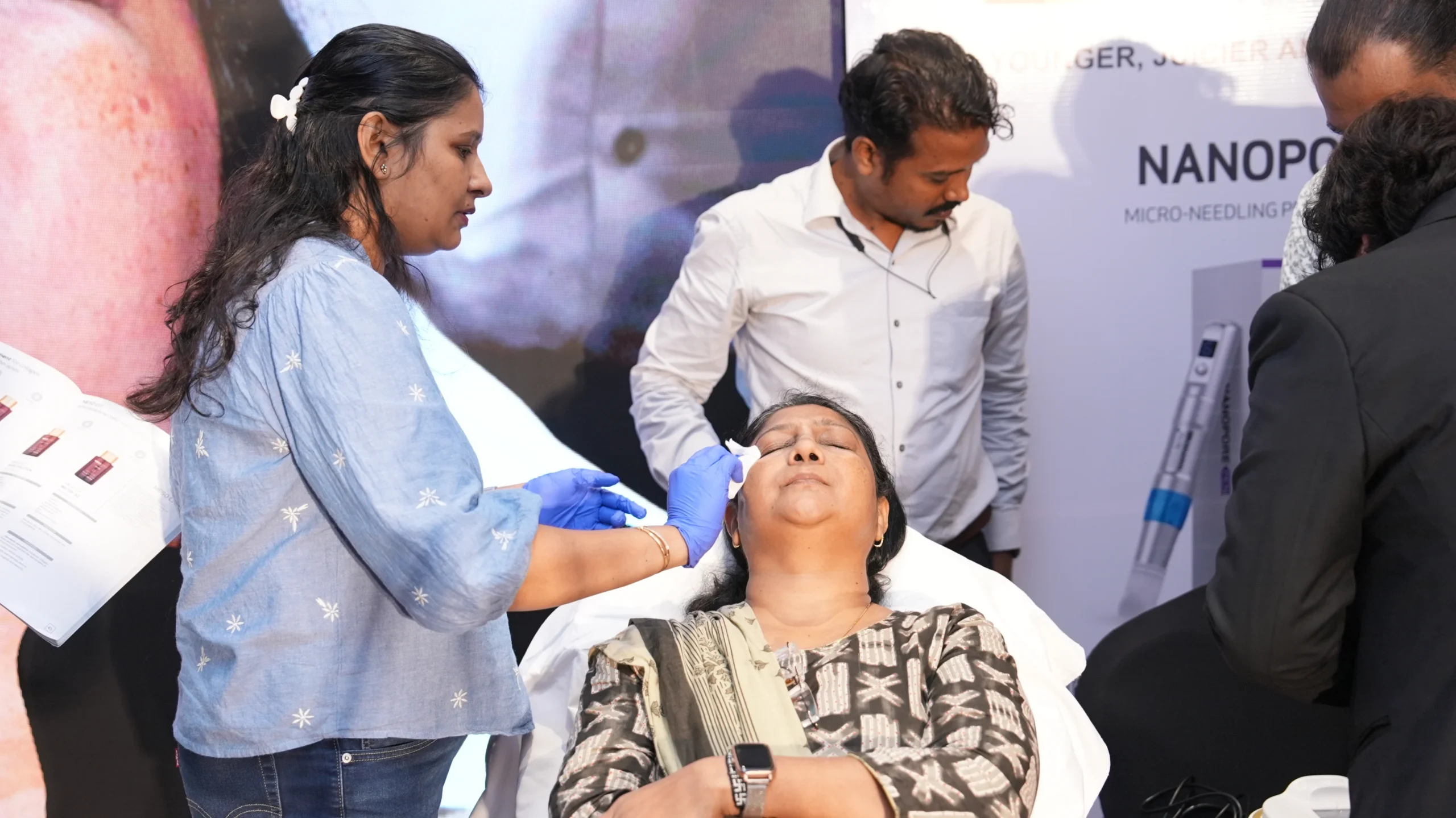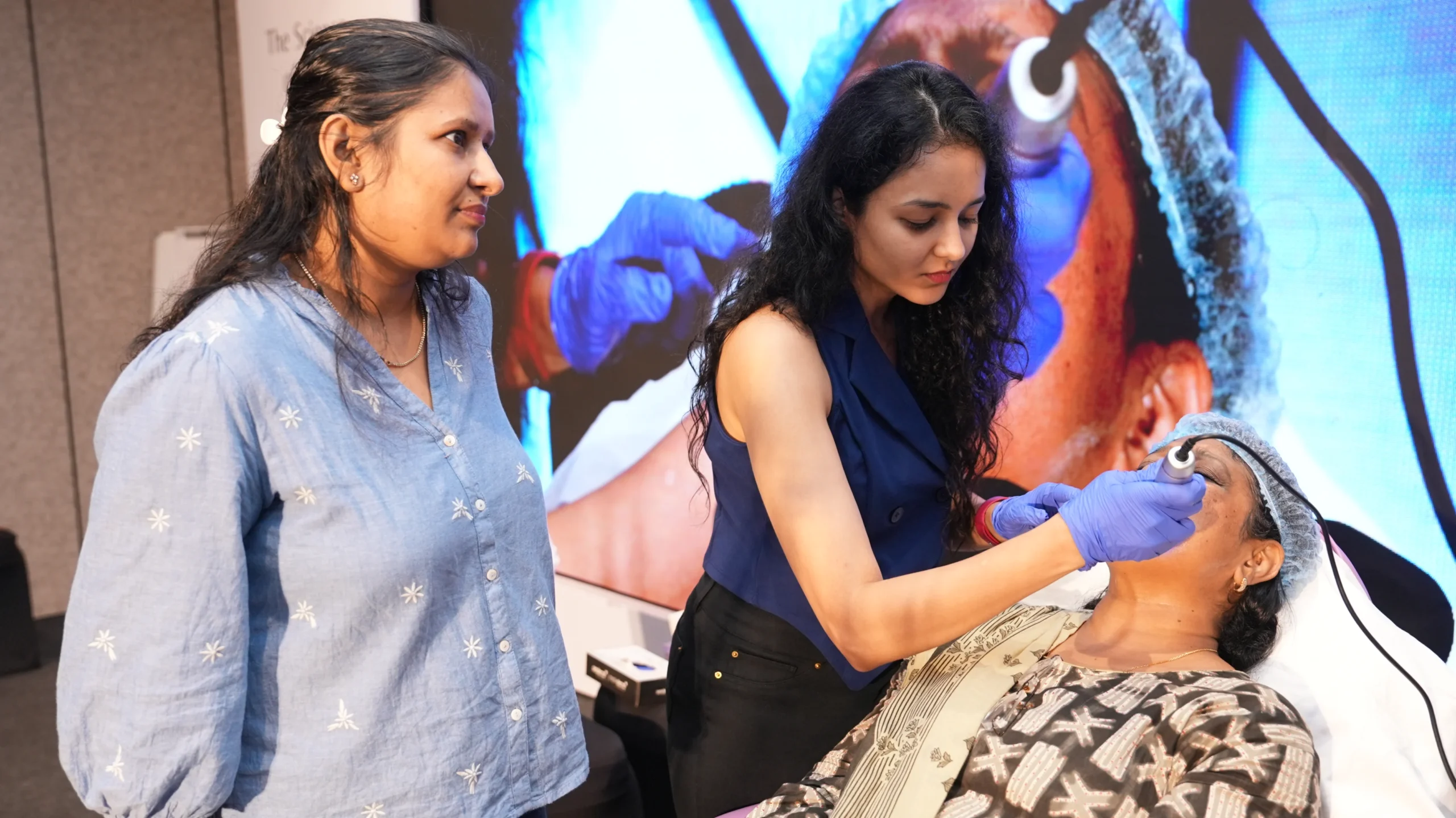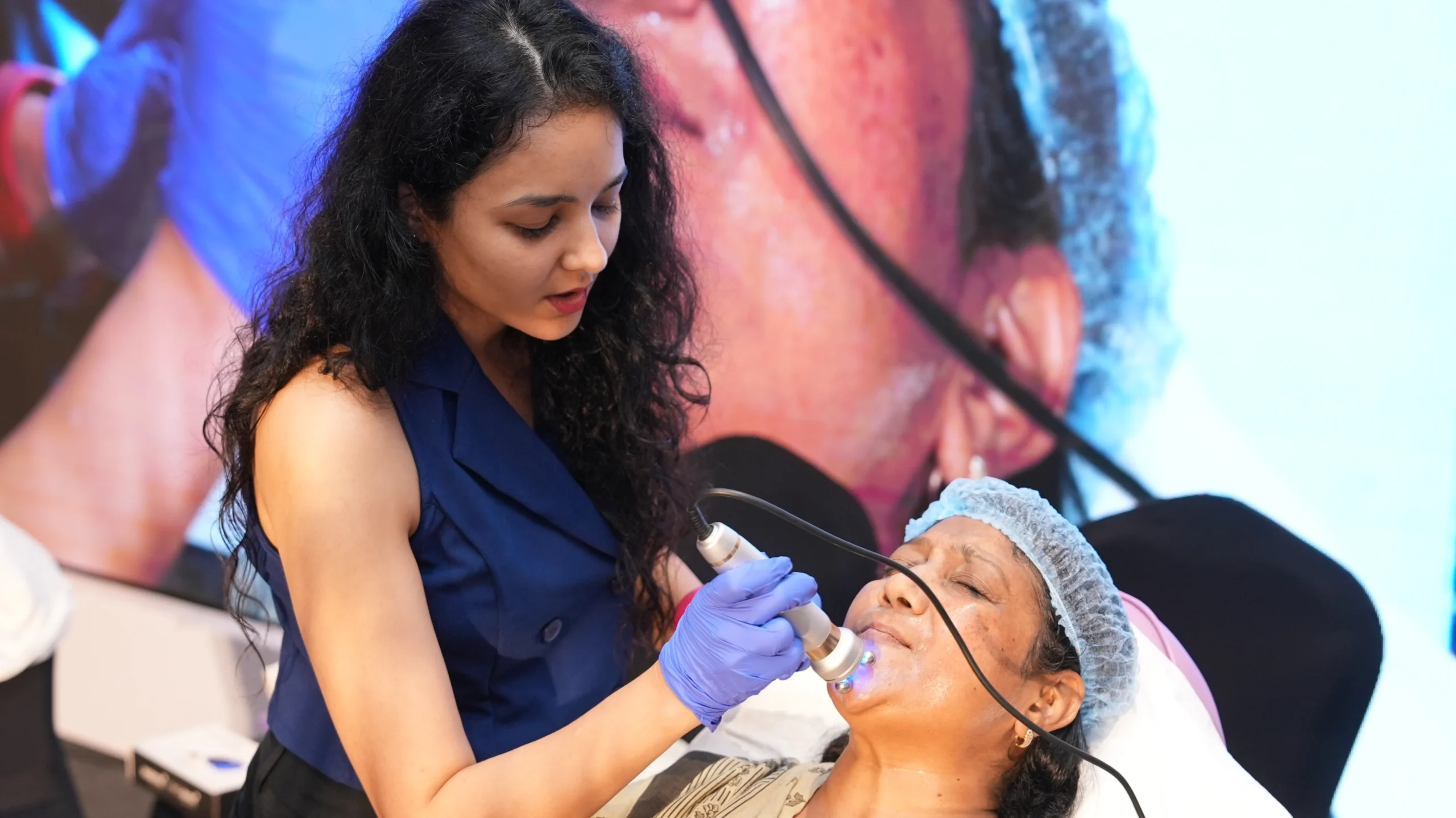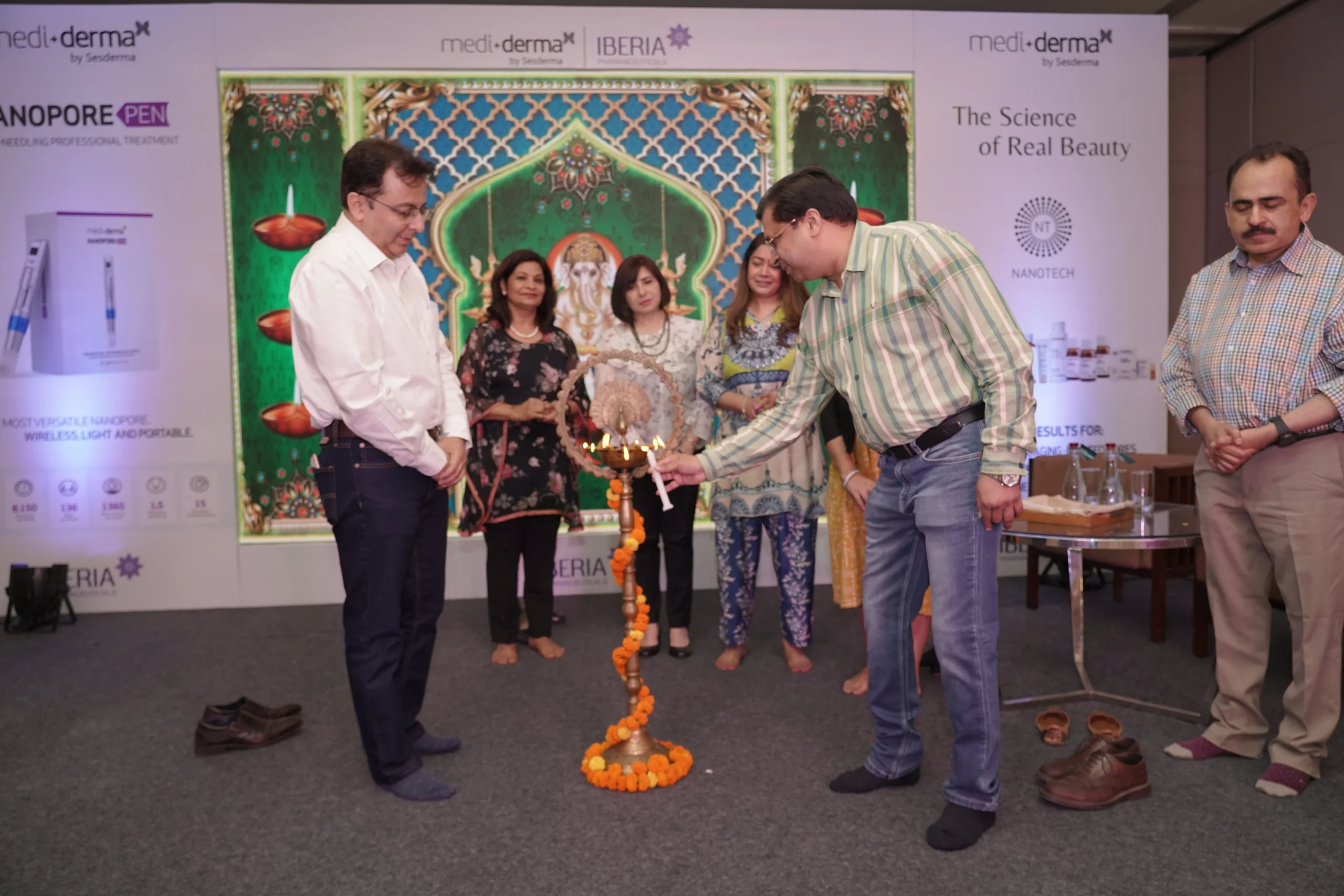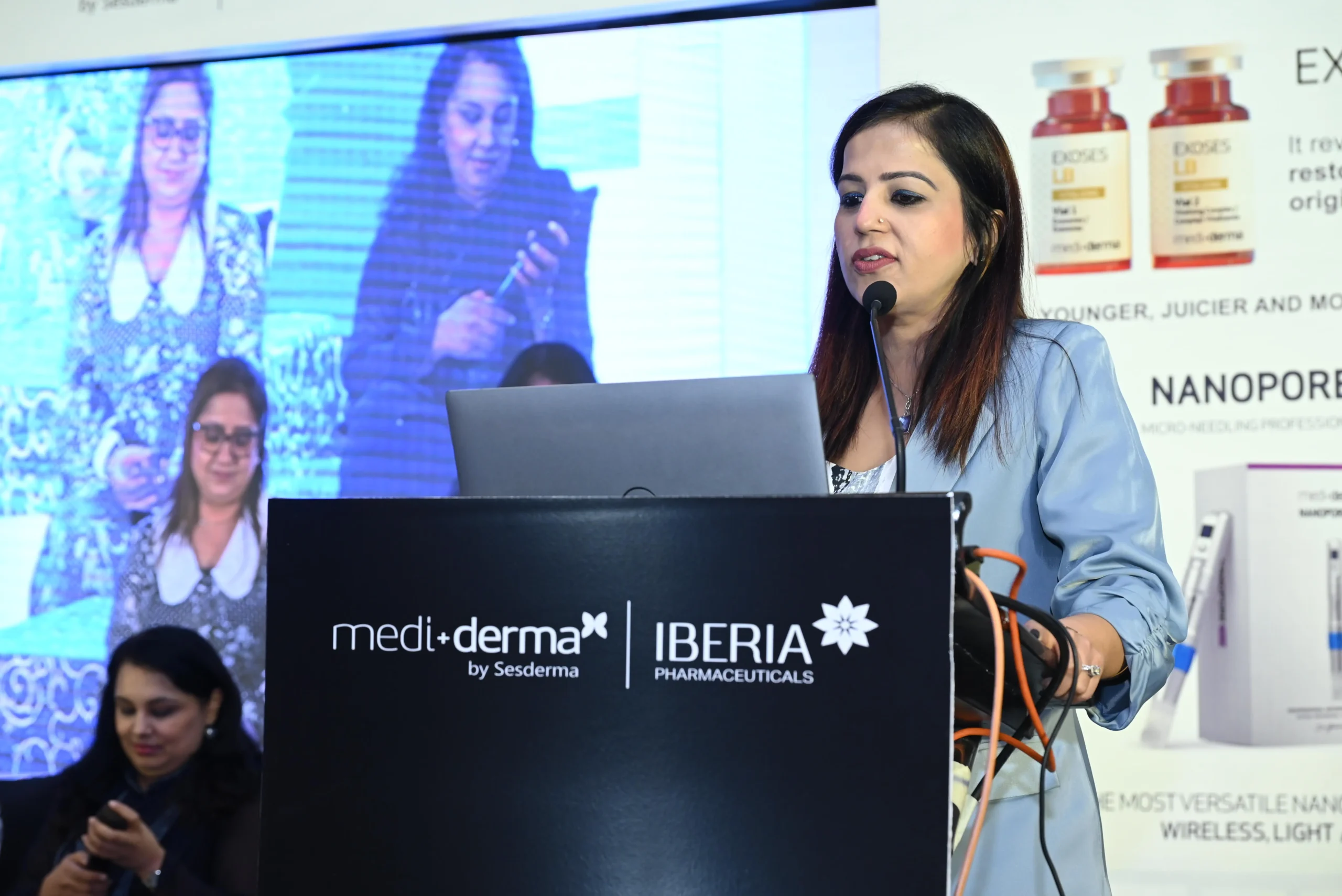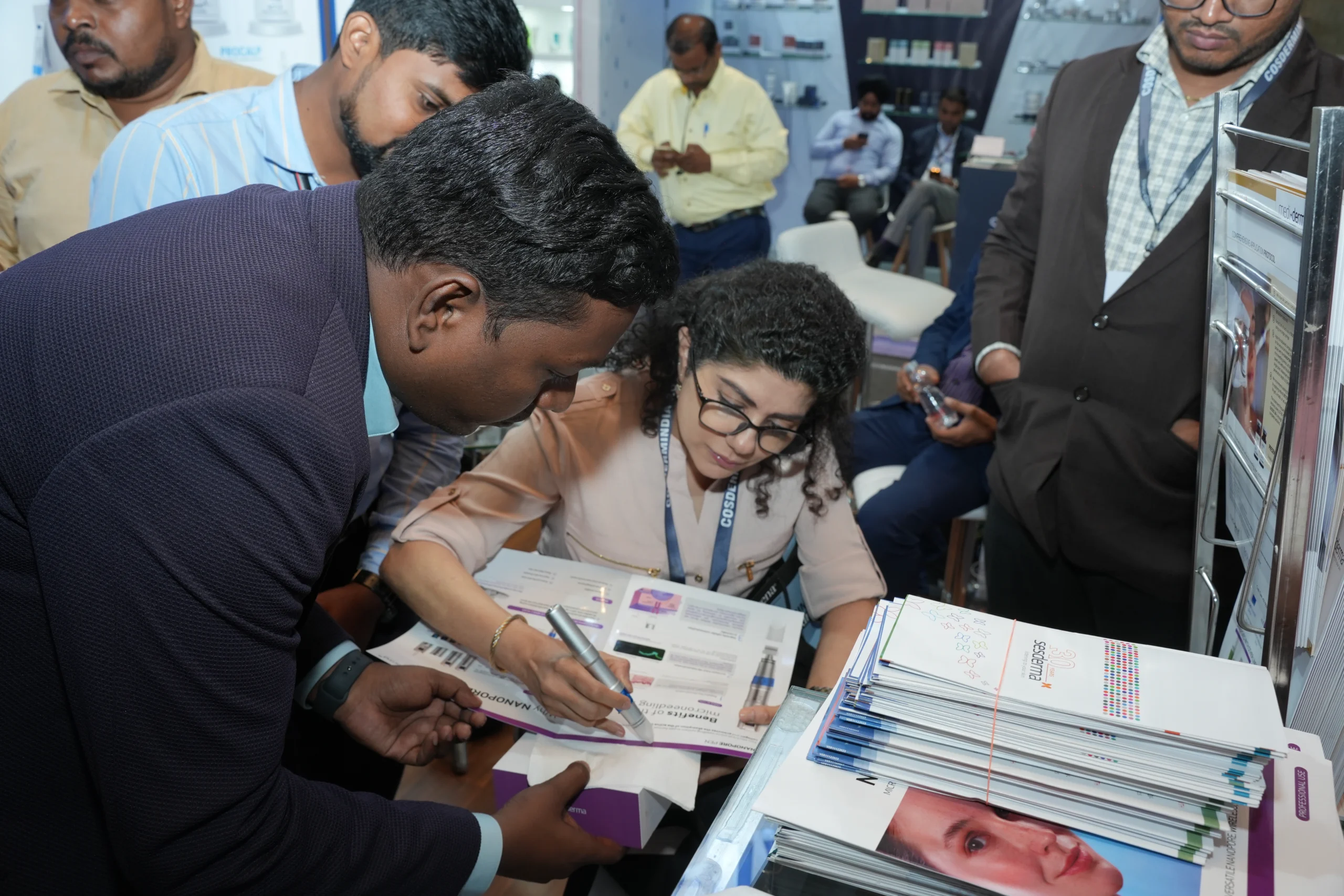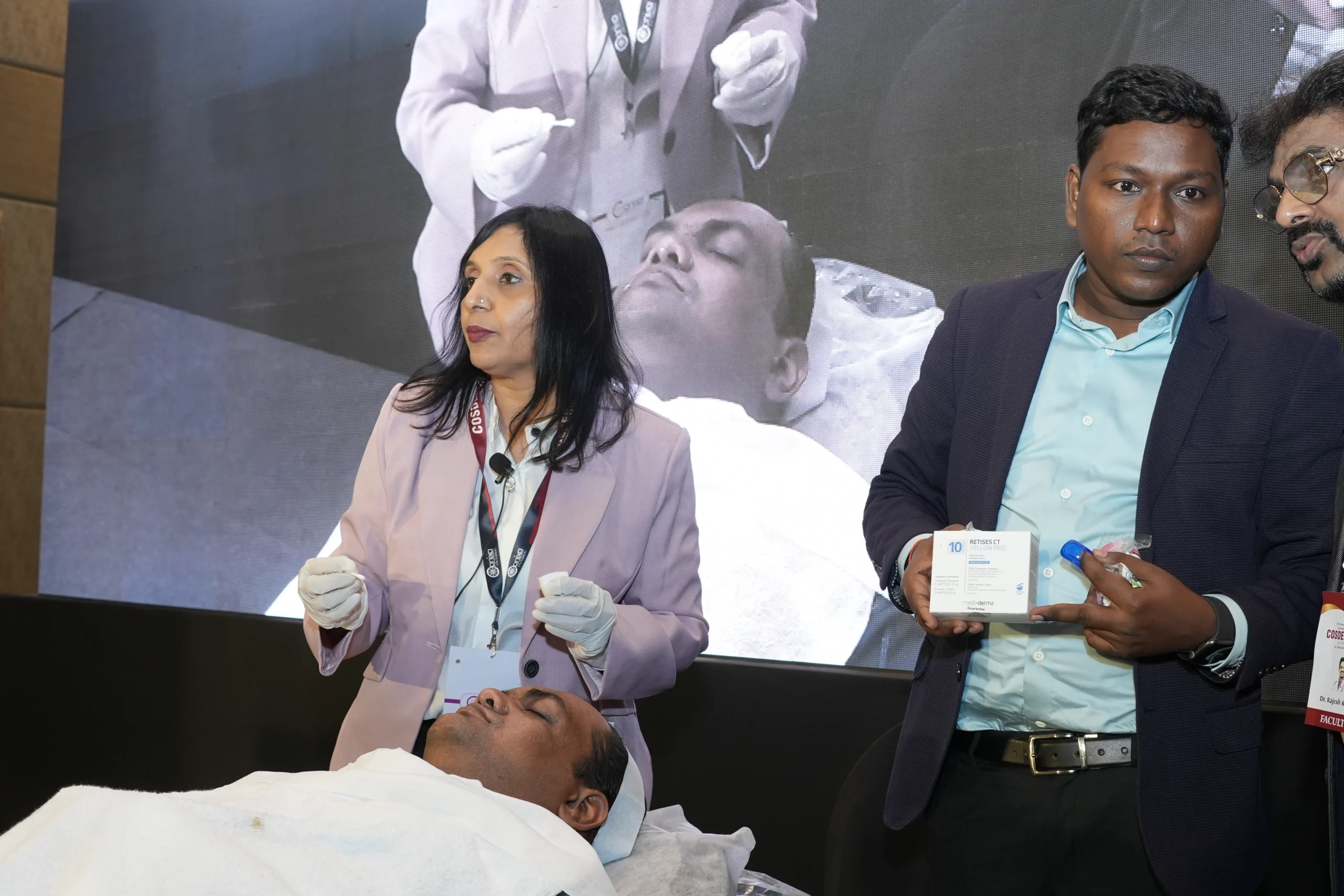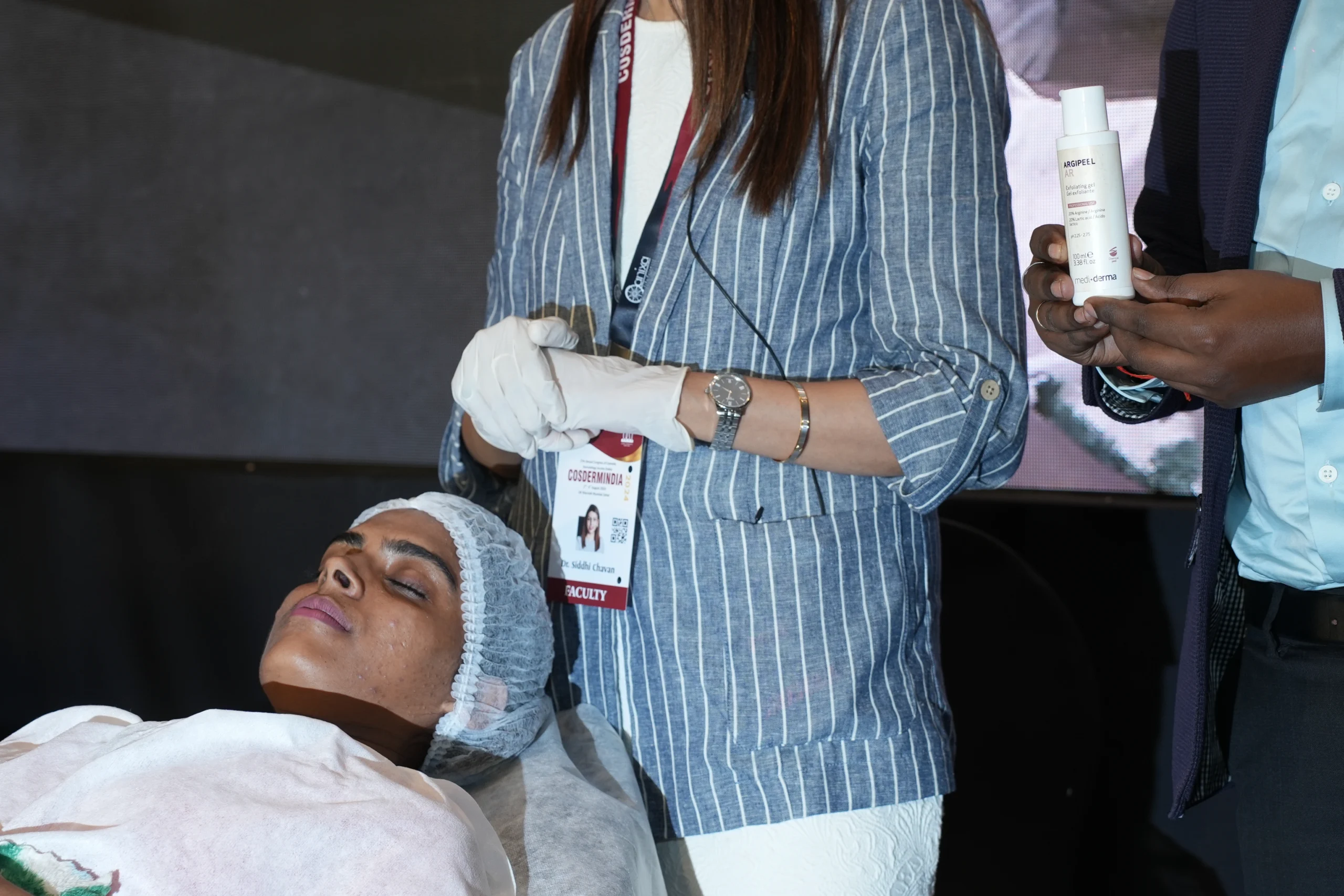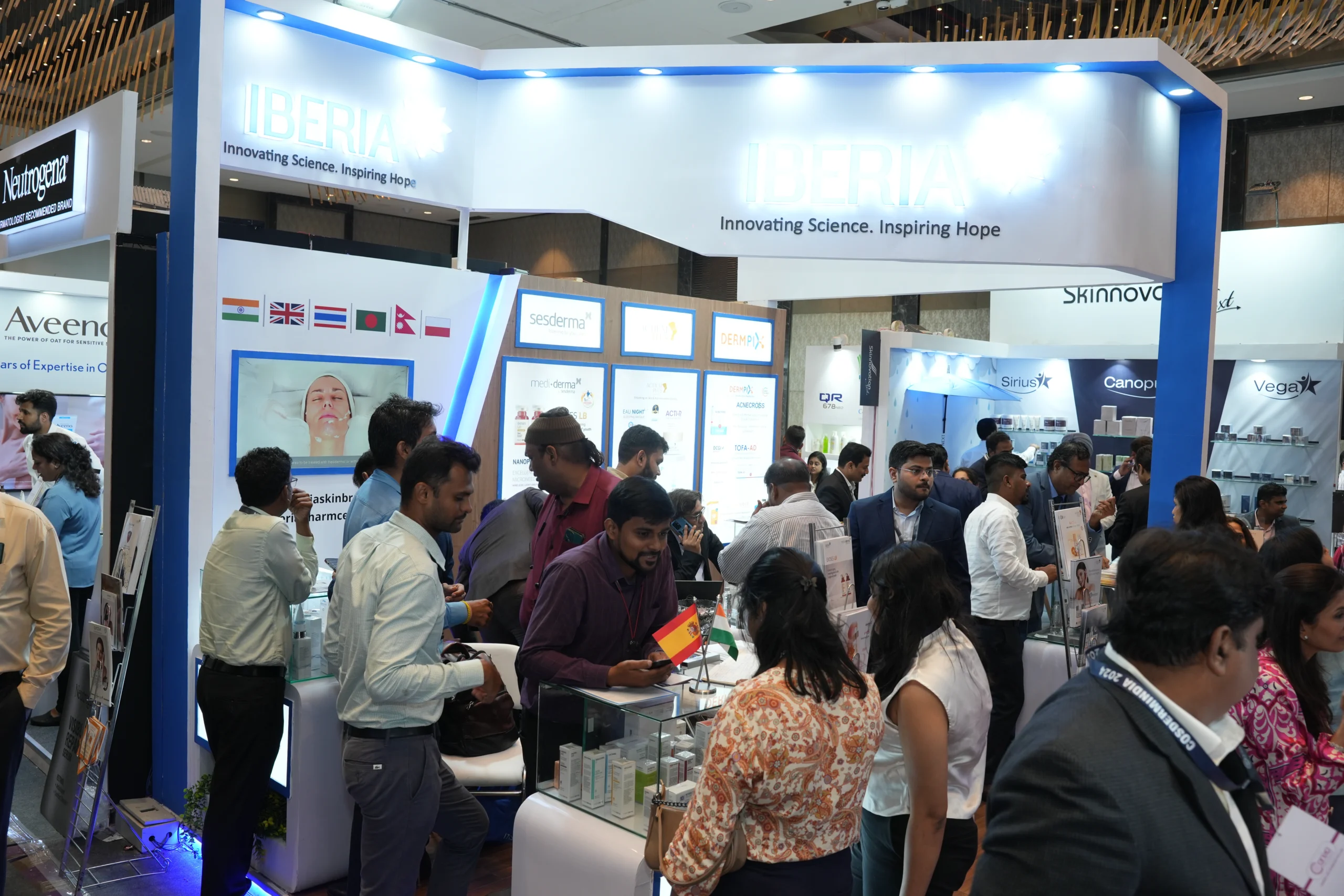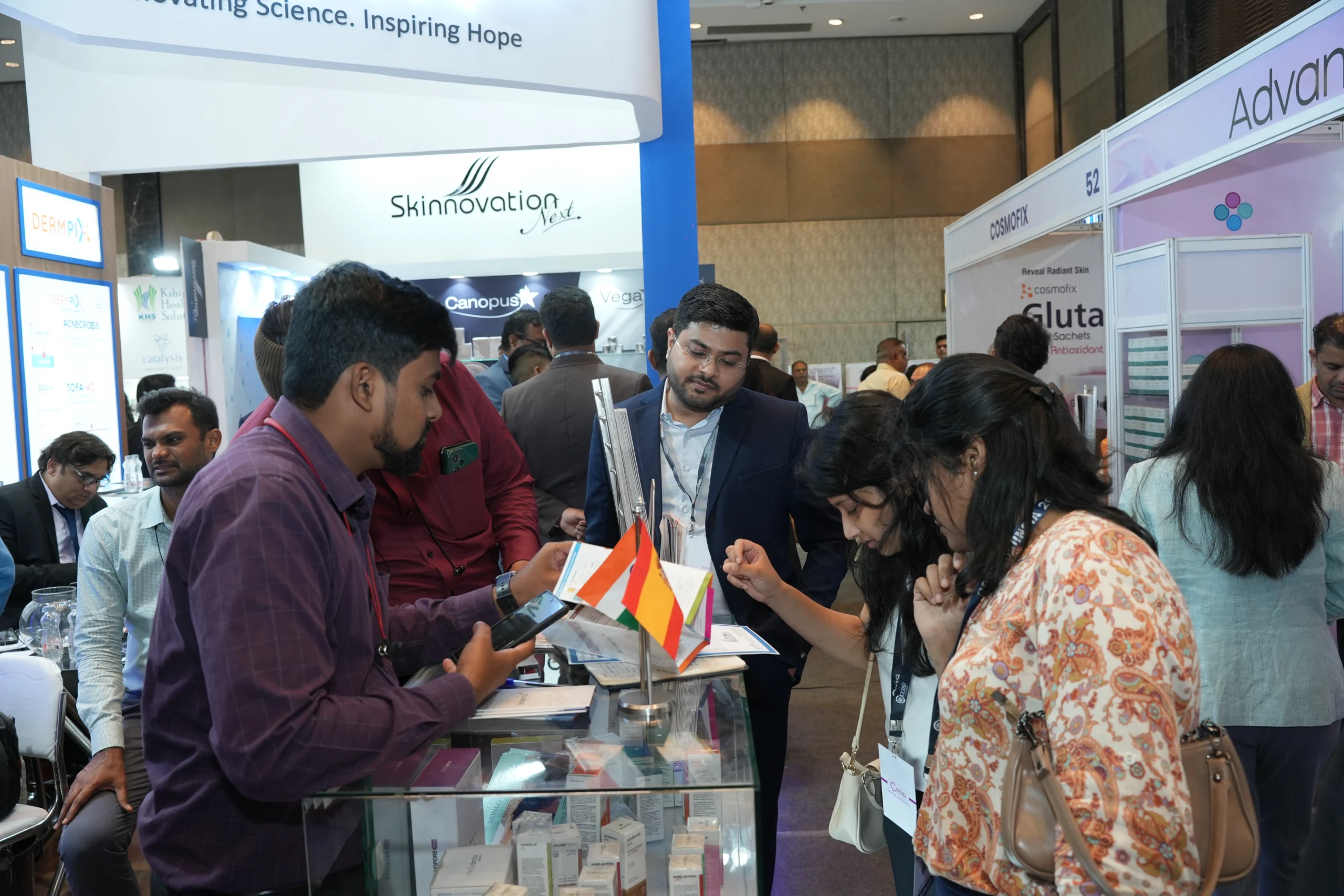Climate-Controlled Packaging: Protecting What Matters Most
The journey of a product does not end once it leaves the lab. From the moment it is packaged to the moment it reaches someone’s hands, countless environmental variables come into play such as heat, light, moisture. And when it comes to sensitive formulations, every degree matters.
Preserving stability is not just about quality control, it is about patient safety. That is why we have adopted climate-controlled packaging solutions across key product lines, especially in dermatology and chronic care therapies. These intelligent packaging systems shield formulations from the degradation risks posed by external conditions.
Why It Matters:
Many active ingredients in dermatological and diabetic products are heat or light sensitive.
Even short exposure during transit or storage can reduce efficacy or cause destabilization.
Certain conditions like chemical oxidation or insulin degradation occur silently, and often go unnoticed, until the patient does not get the results they need.
What We have Done
- Implemented thermal-sensitive packaging with built-in barriers for light and humidity.
- Introduced cold-chain solutions for high-risk formulations, ensuring they maintain potency from production to point-of-care.
- Developed real-time monitoring mechanisms for select products in partnership with logistic teams.
Designed for the Indian Climate
- India’s weather can be harsh. Hot summers, humid coasts, and fluctuating storage conditions.
- Our packaging systems are field-tested across geographies to ensure real-world resilience.

Built with Purpose
Our boxes, labels, and inner containers are selected not just for aesthetics but for function.
UV-blocking materials, moisture absorbers, and insulation layers work silently but effectively.
Patient First, Always
- The ultimate goal of climate-controlled packaging is trust.
- When a patient opens one of our products, we want them to be assured that what they hold is as safe and effective as the day it was made.

Because when healthcare comes into real-life challenges, packaging becomes more than a container. It becomes a commitment.






